Some weekend ago I visited the Galeri Nasional in Jakarta to check out an exhibition called Patung dan Aktivisme (roughly translated as Sculpture and activism). This exhibition showcases the works of two Indonesian artists: Dolorosa Sinaga and Budi Santoso.
Their art focuses on sculptures and how they can be used to speak up about social issues. I had never really thought about sculptures in that way before, so I was curious to see how their works would express important messages.
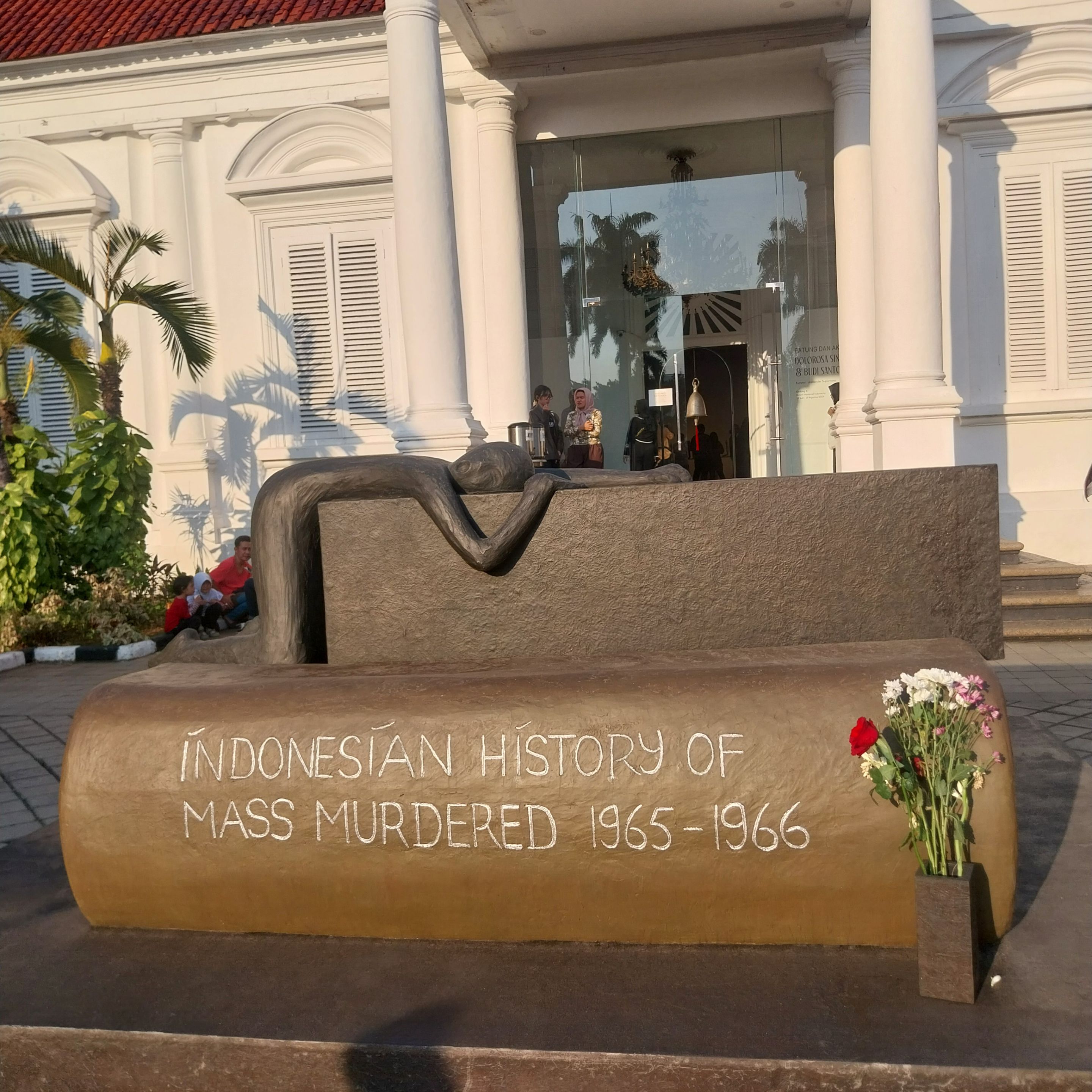
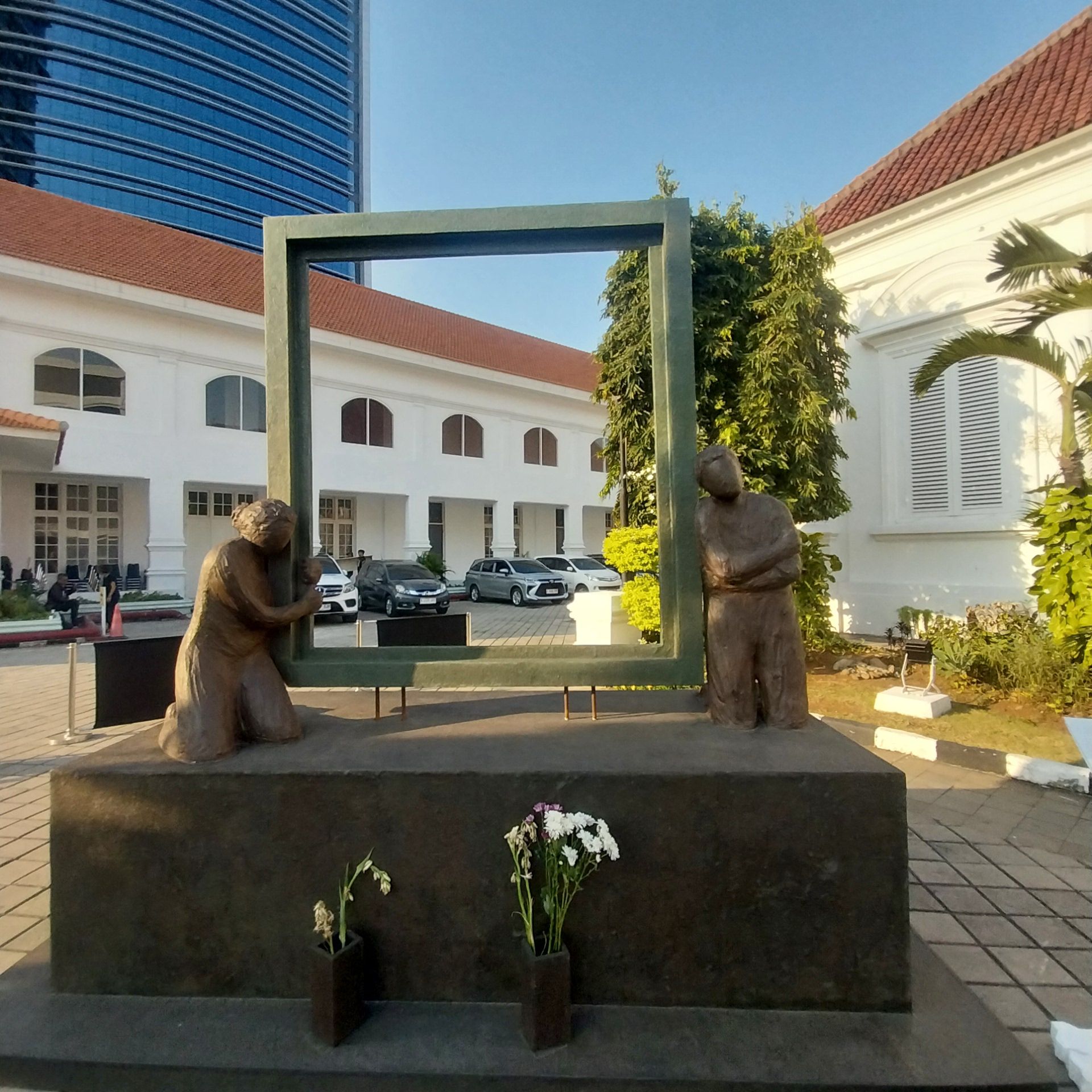
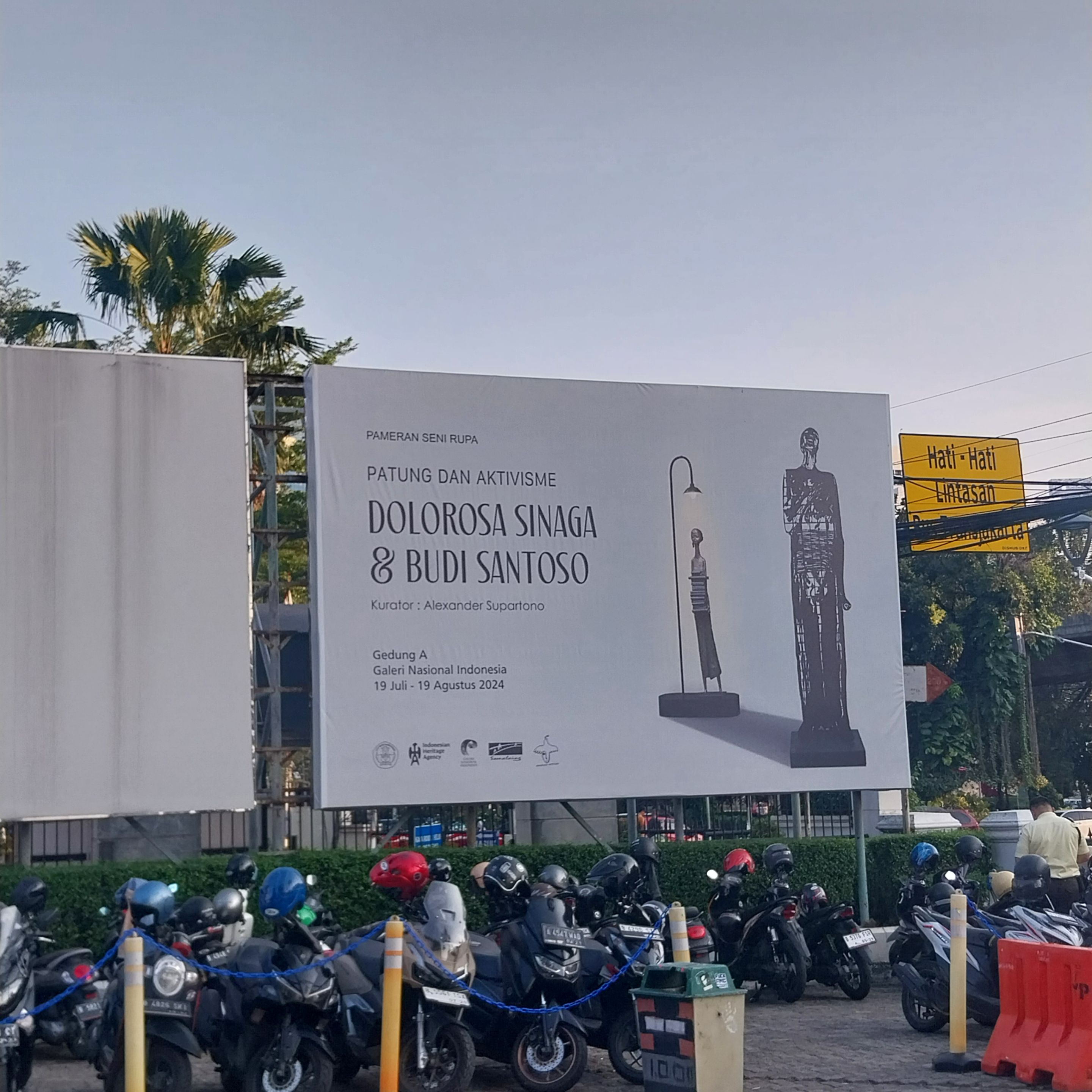
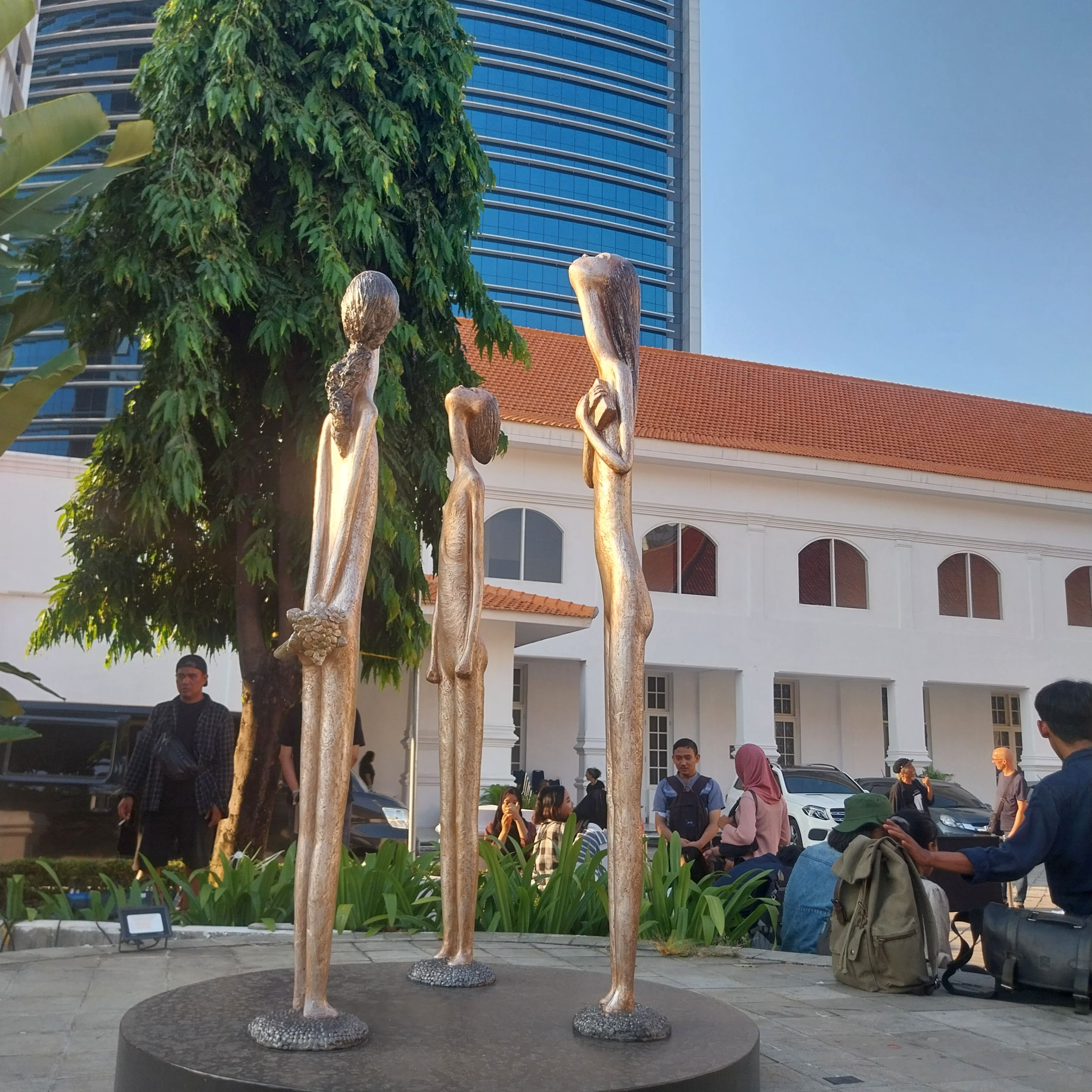
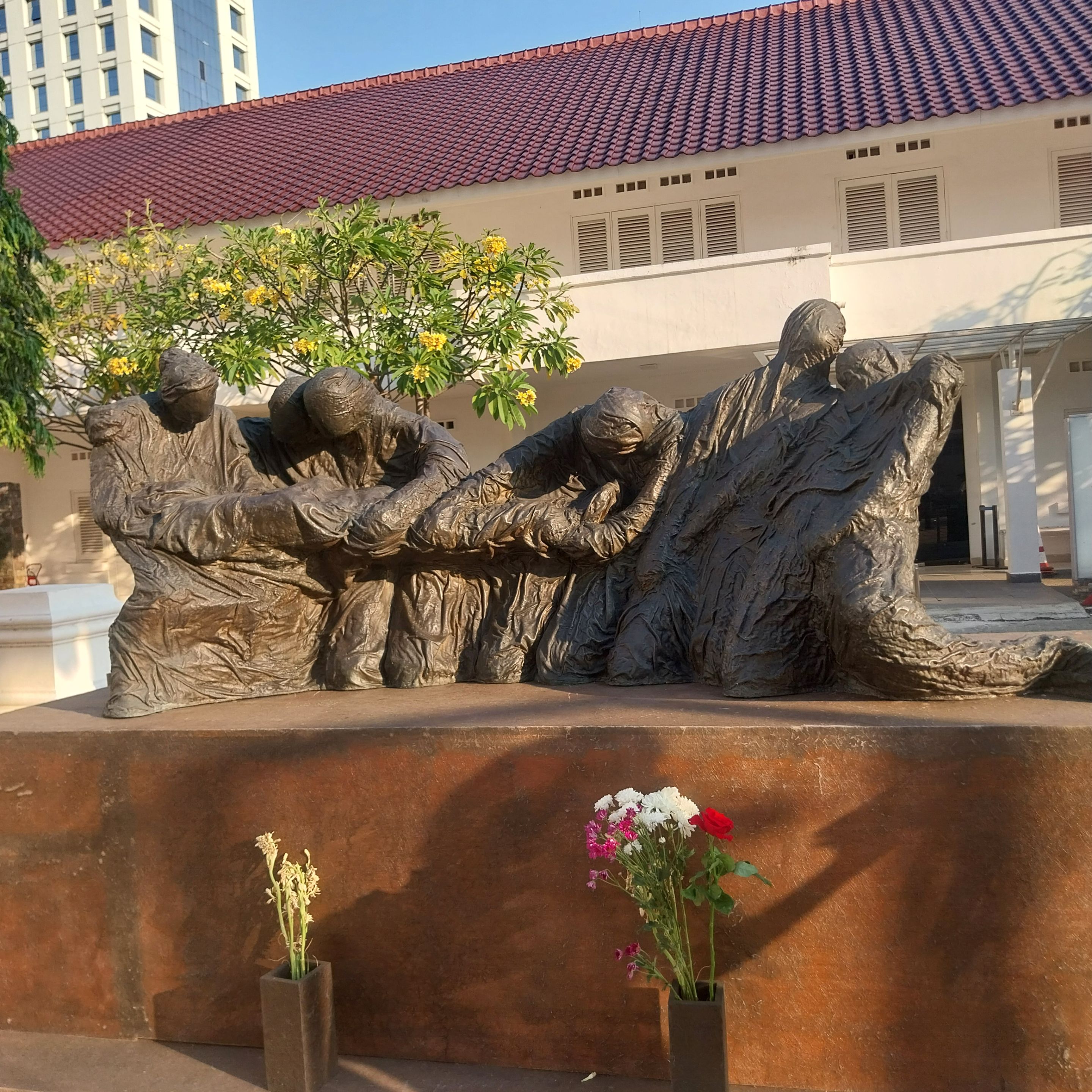
Some heavy themes welcomed the visitors just outside the hall of the gallery. I don't want to be too political so let's just leave it there.
The gallery was filled with different types of sculptures, each one with its own story. Dolorosa Sinaga is well known for her work in representing human rights issues. Her pieces are powerful, showing figures that seem to be struggling or fighting for something. One sculpture that really stood out to me was of a person reaching upwards, almost like they were pushing against something invisible. It felt like the sculpture was trying to show how people fight for justice.
Budi Santoso’s works were also interesting but in a different way. His sculptures had more abstract shapes, but they still made you think about society and the problems we face today. One of his pieces had twisting metal, which looked chaotic and confusing, making me think of how life can sometimes feel overwhelming.
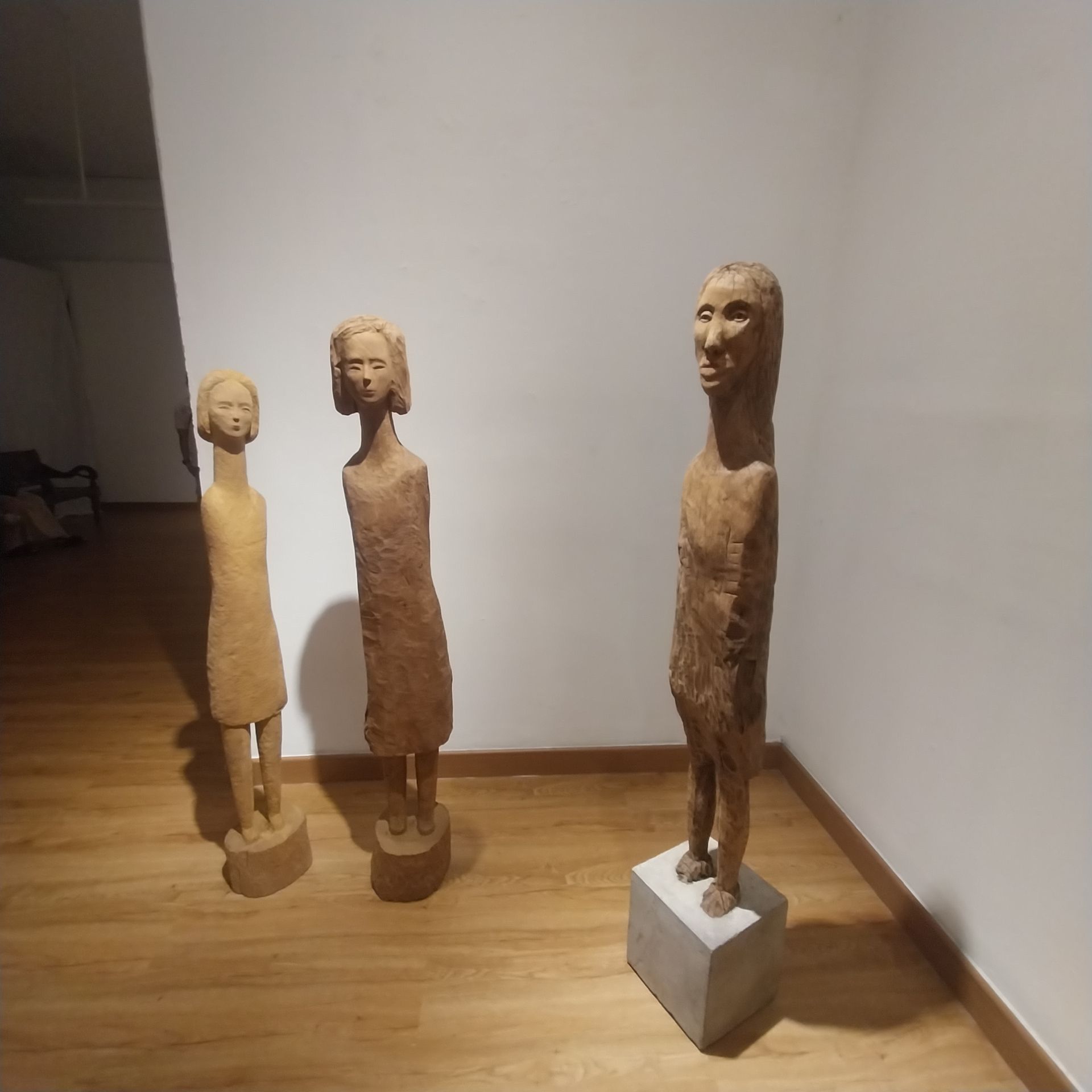
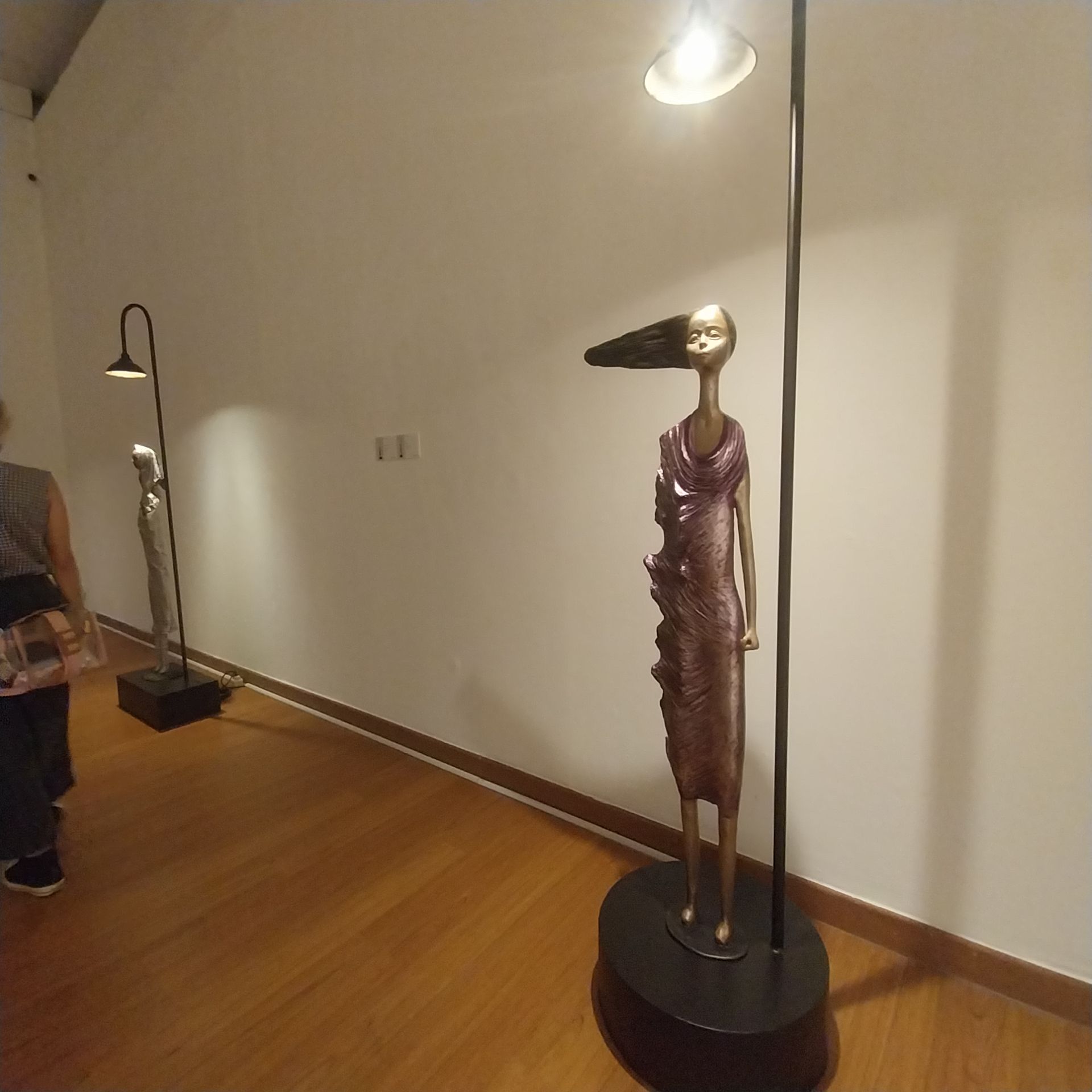
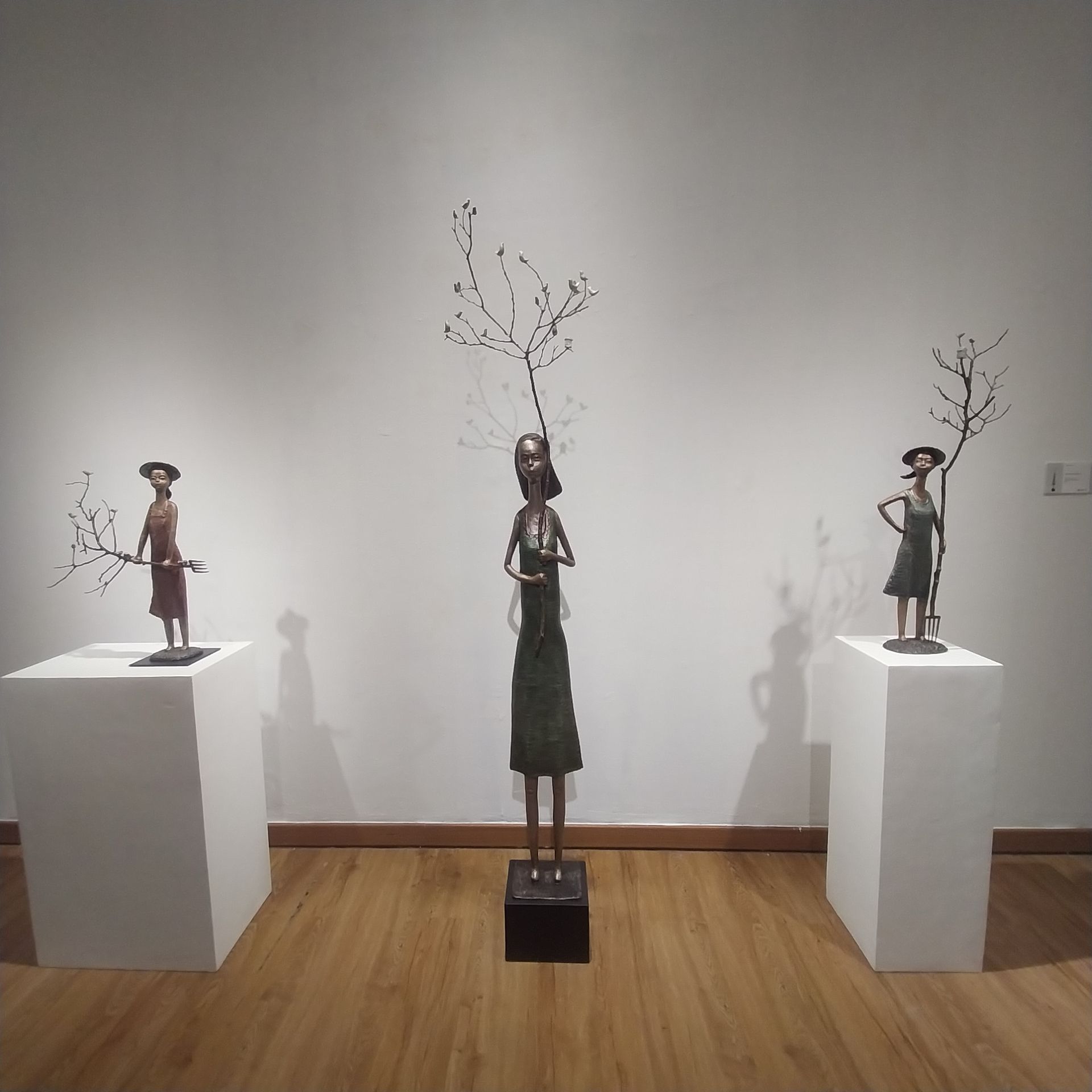
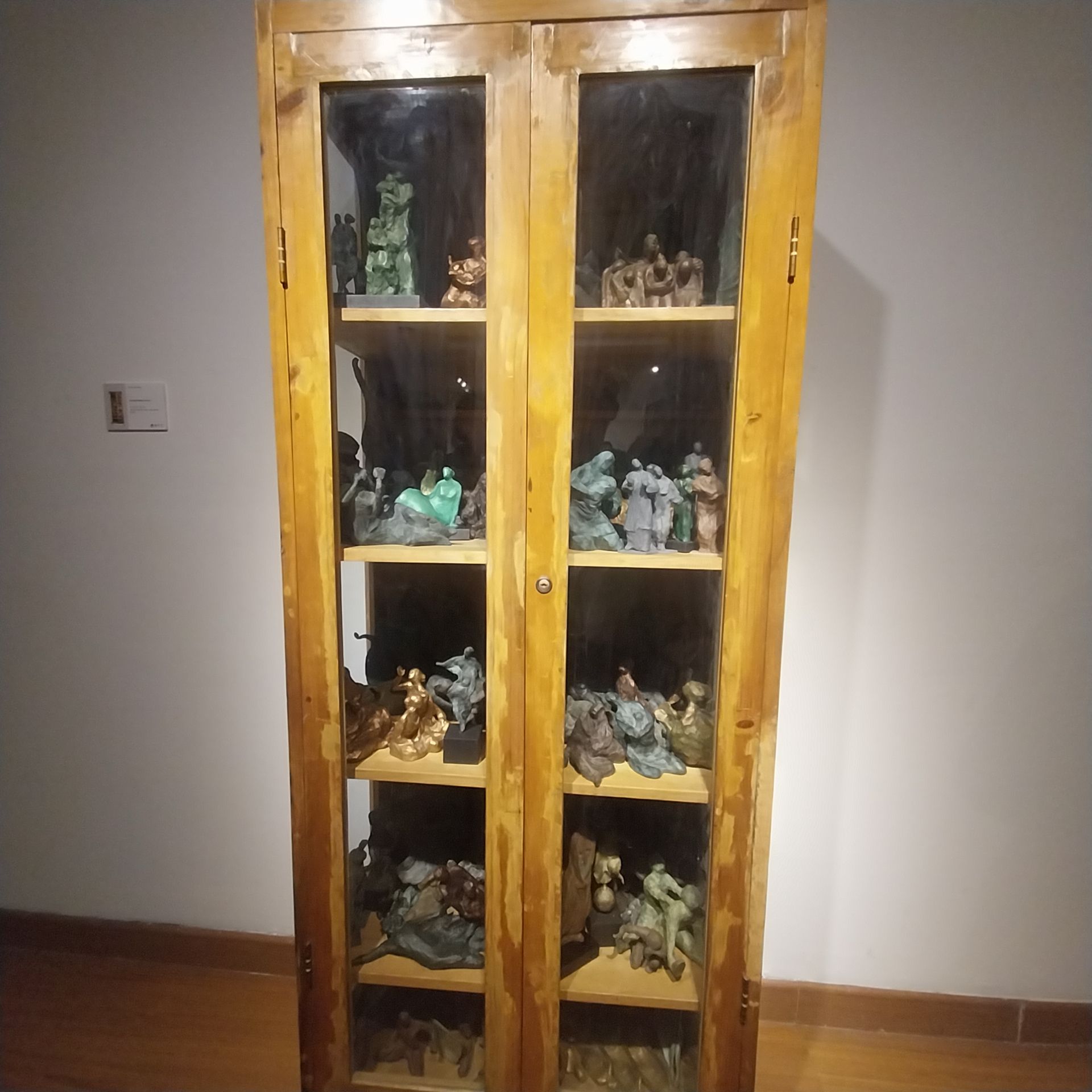
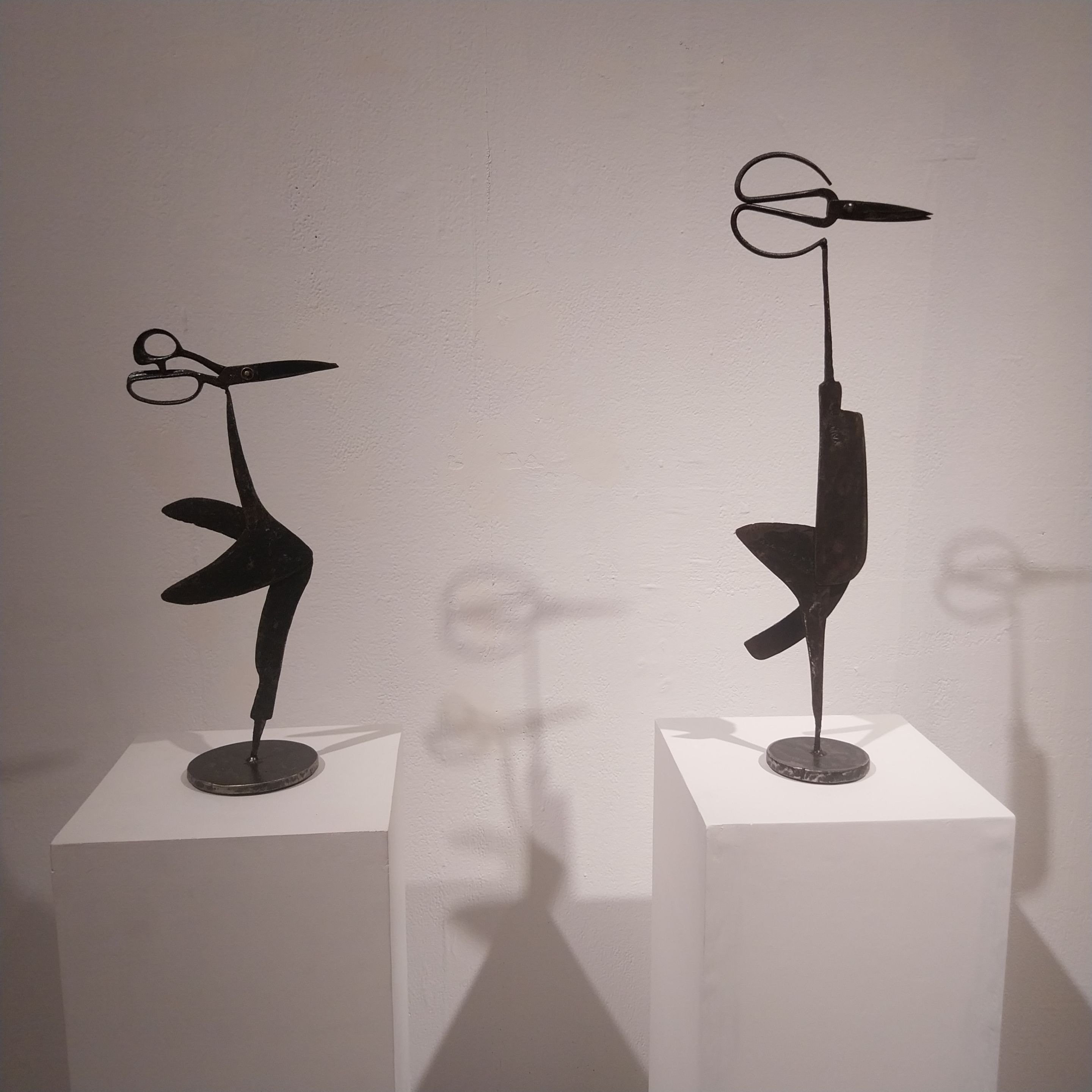
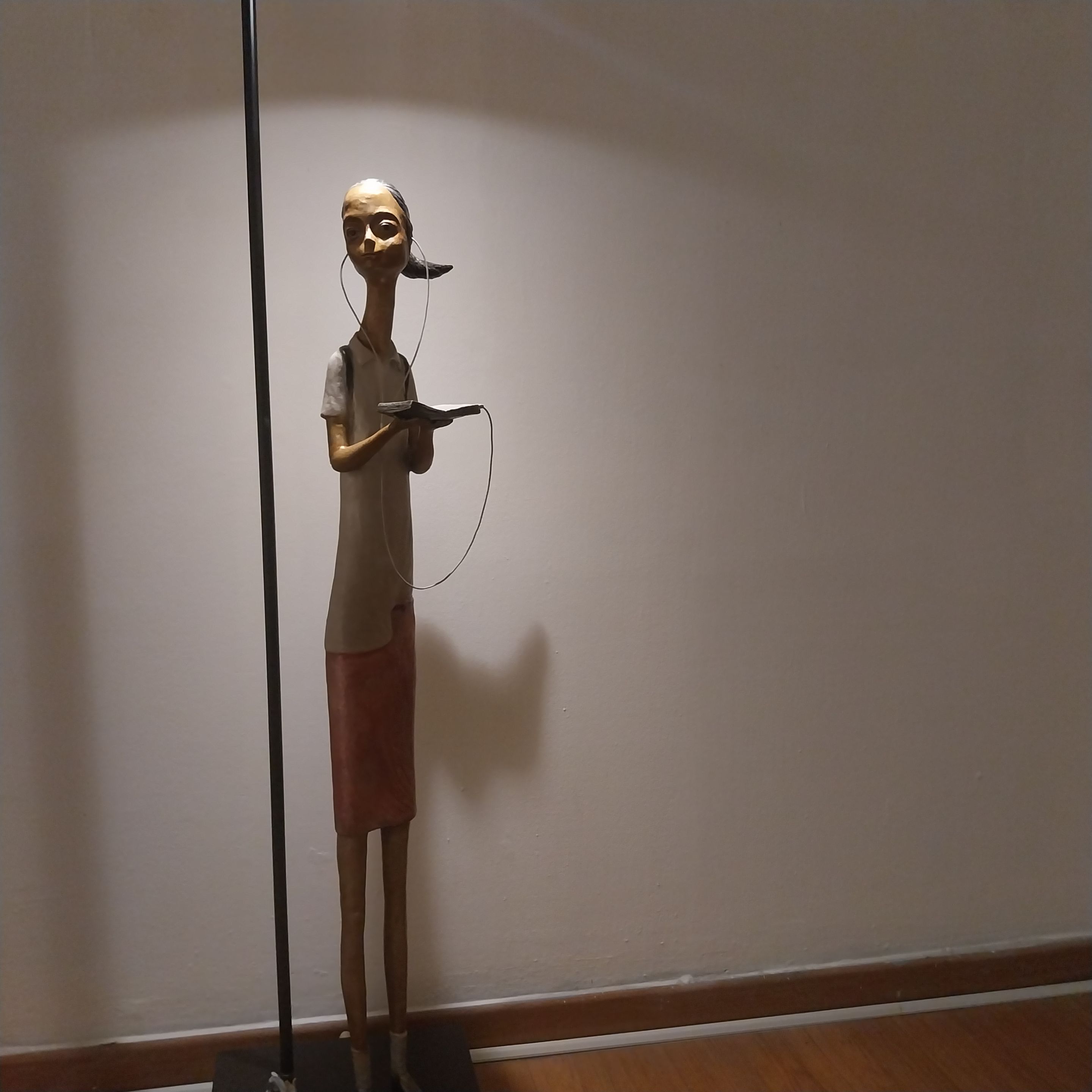
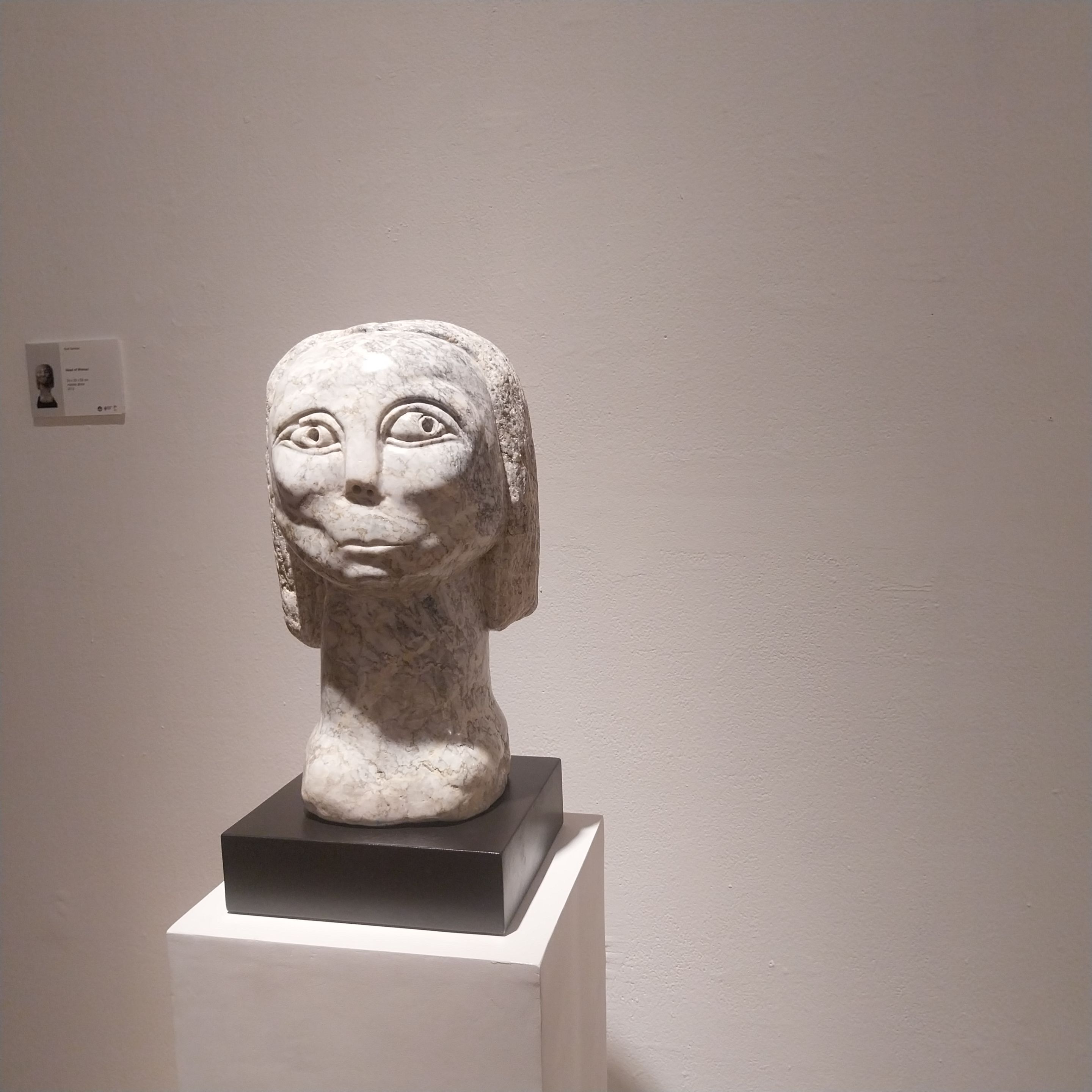
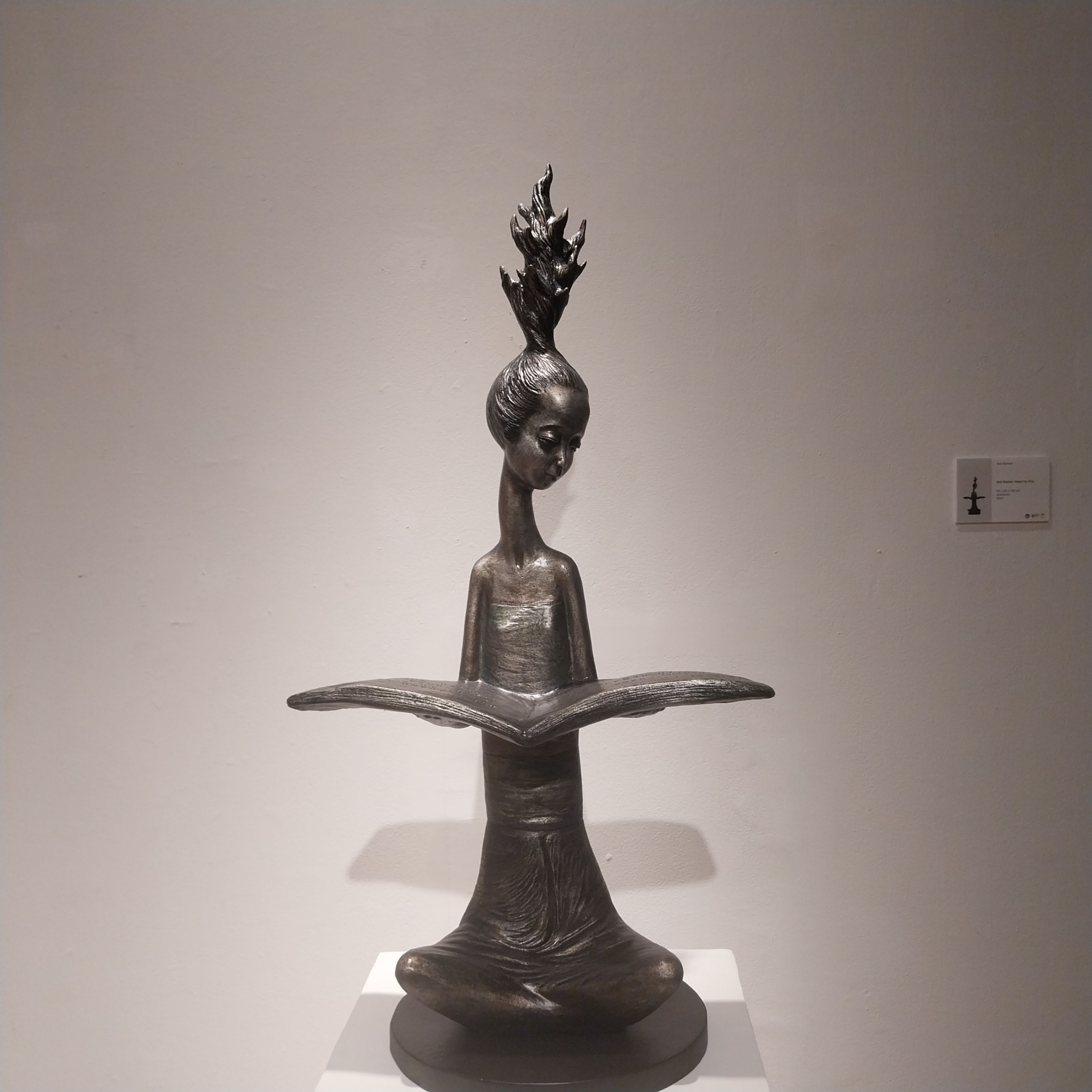
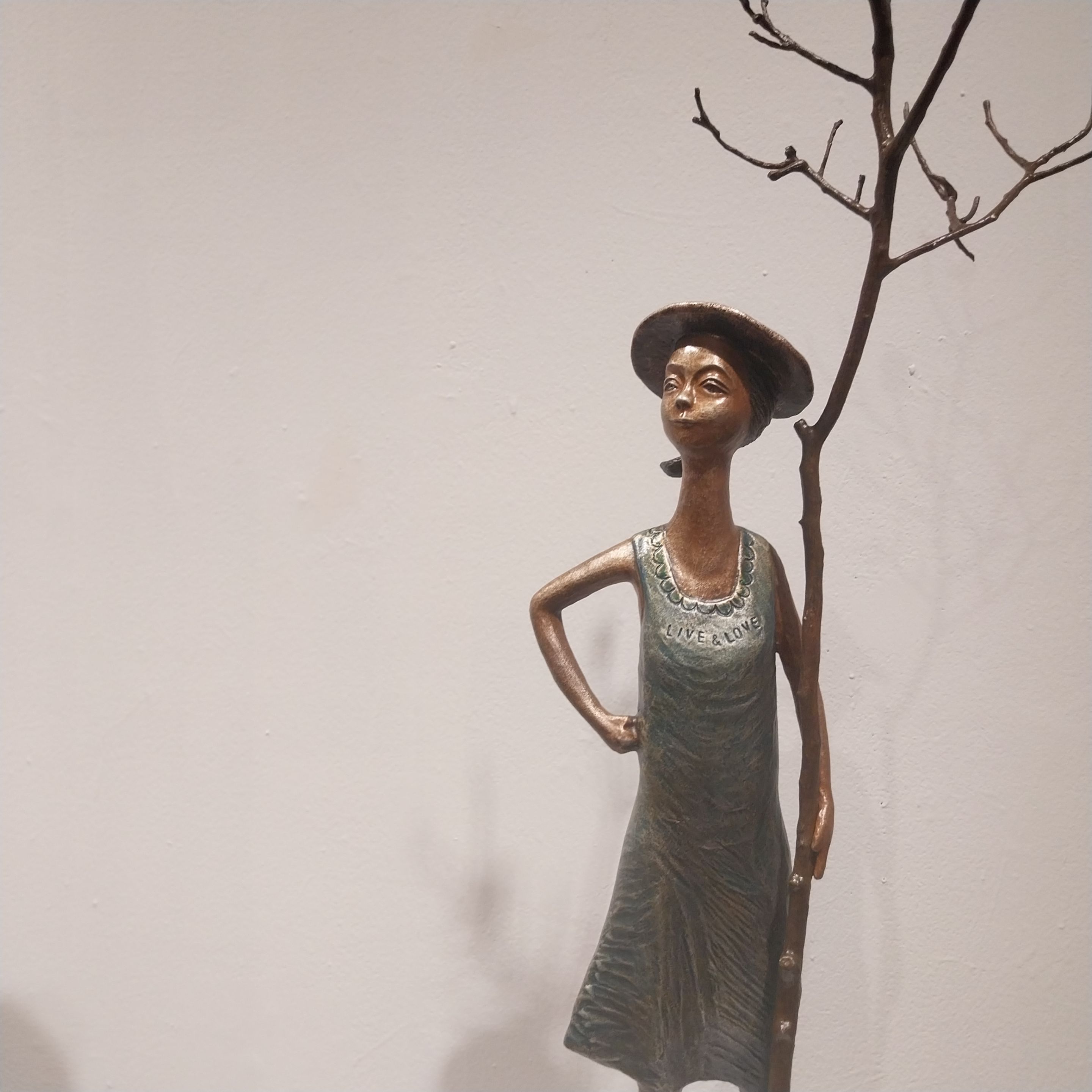
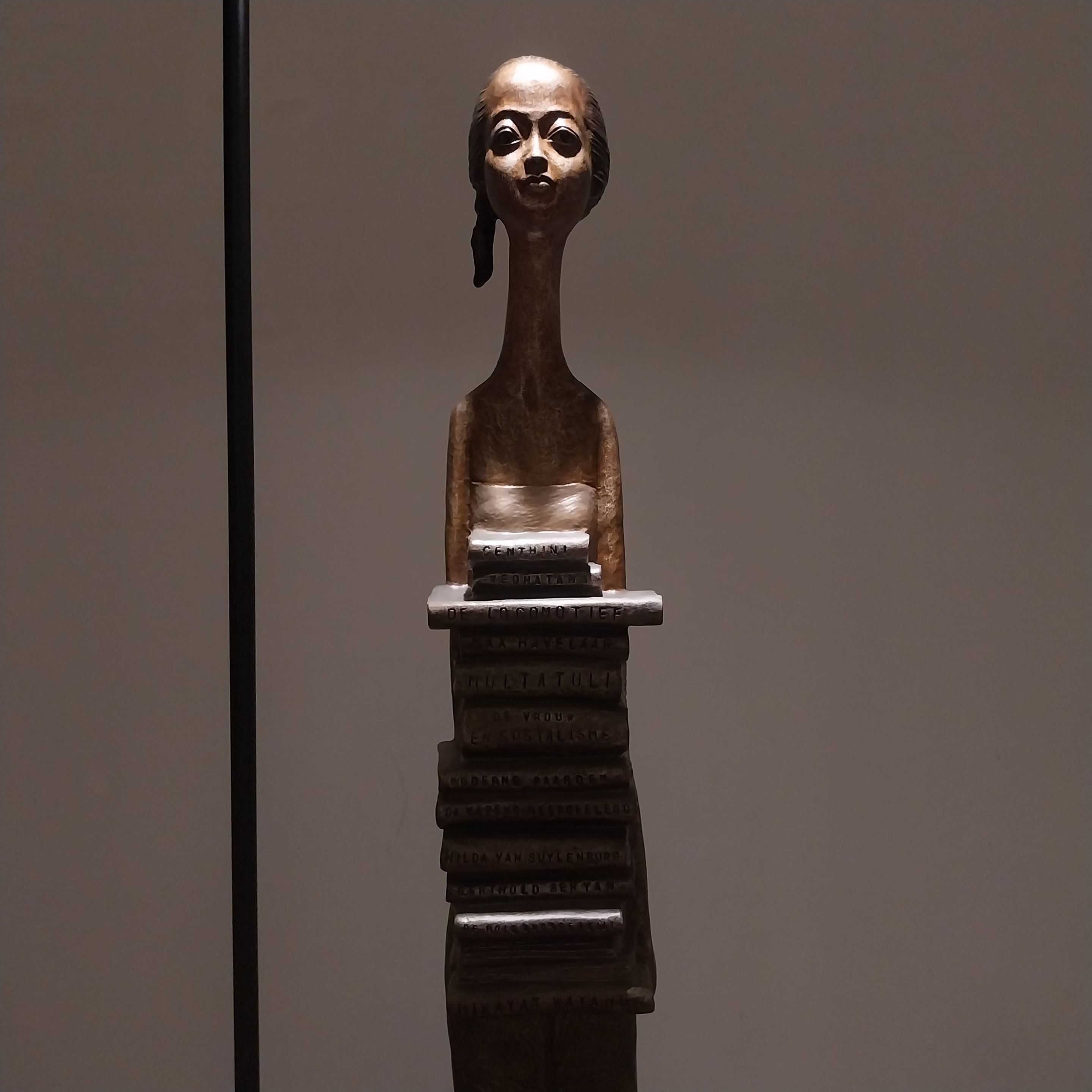

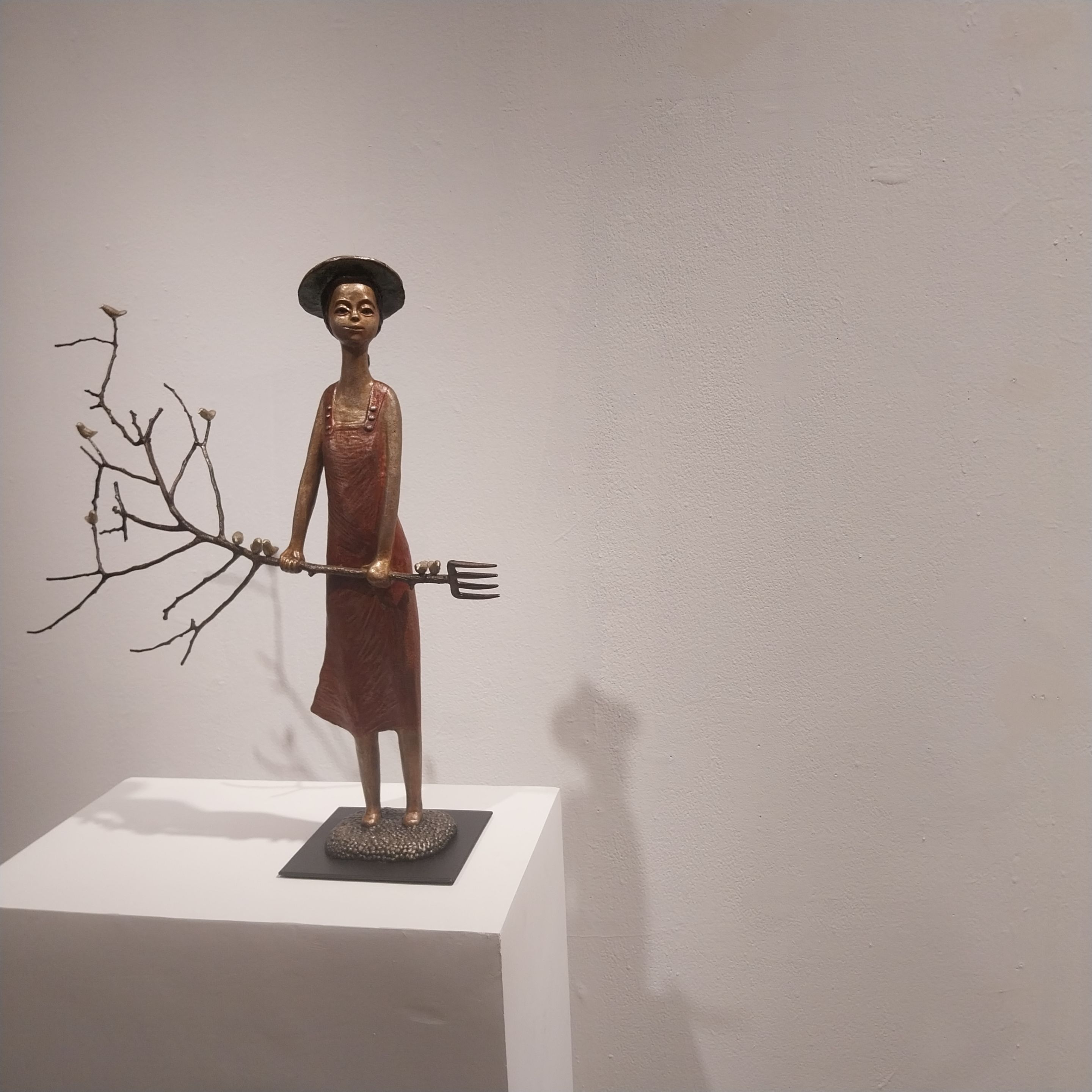
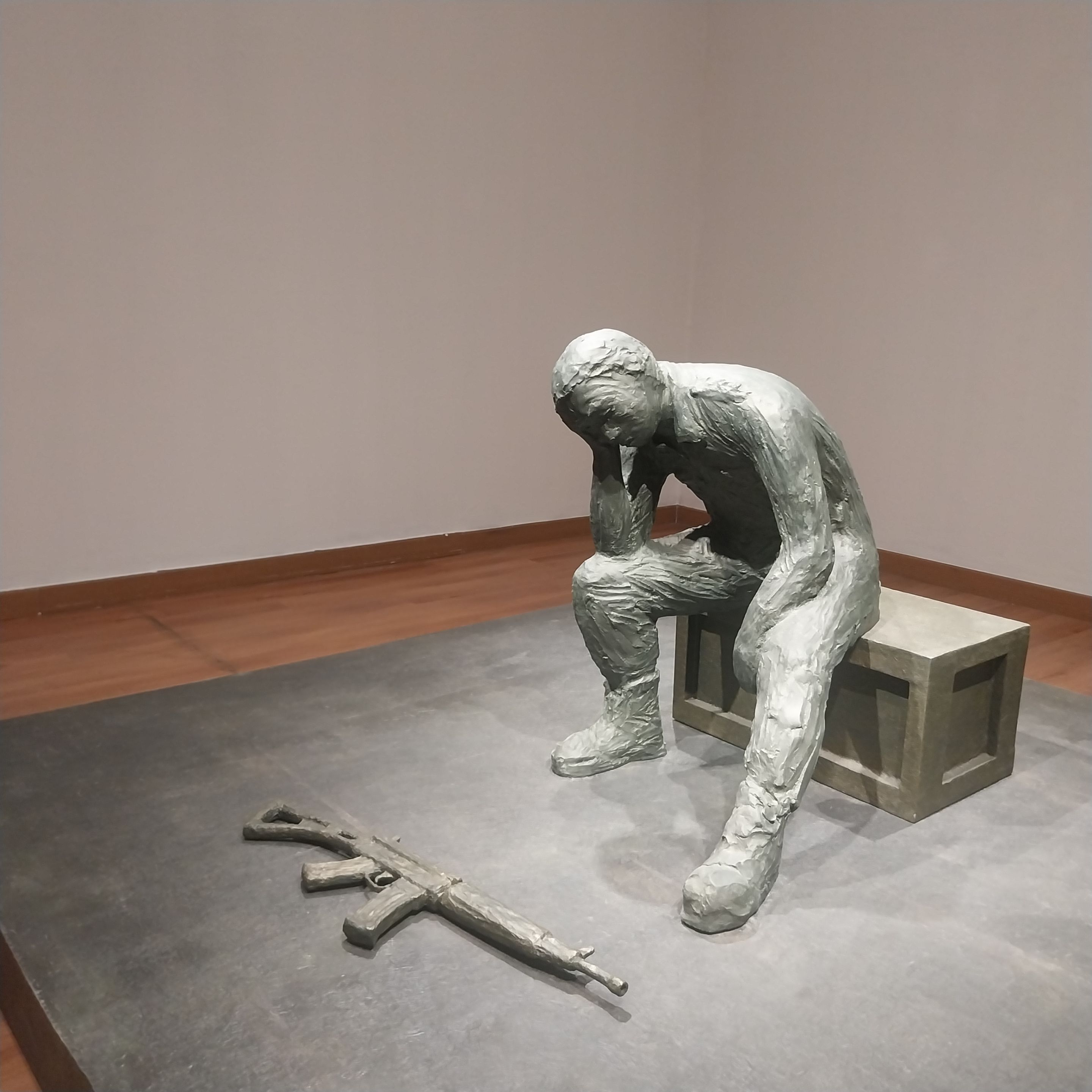
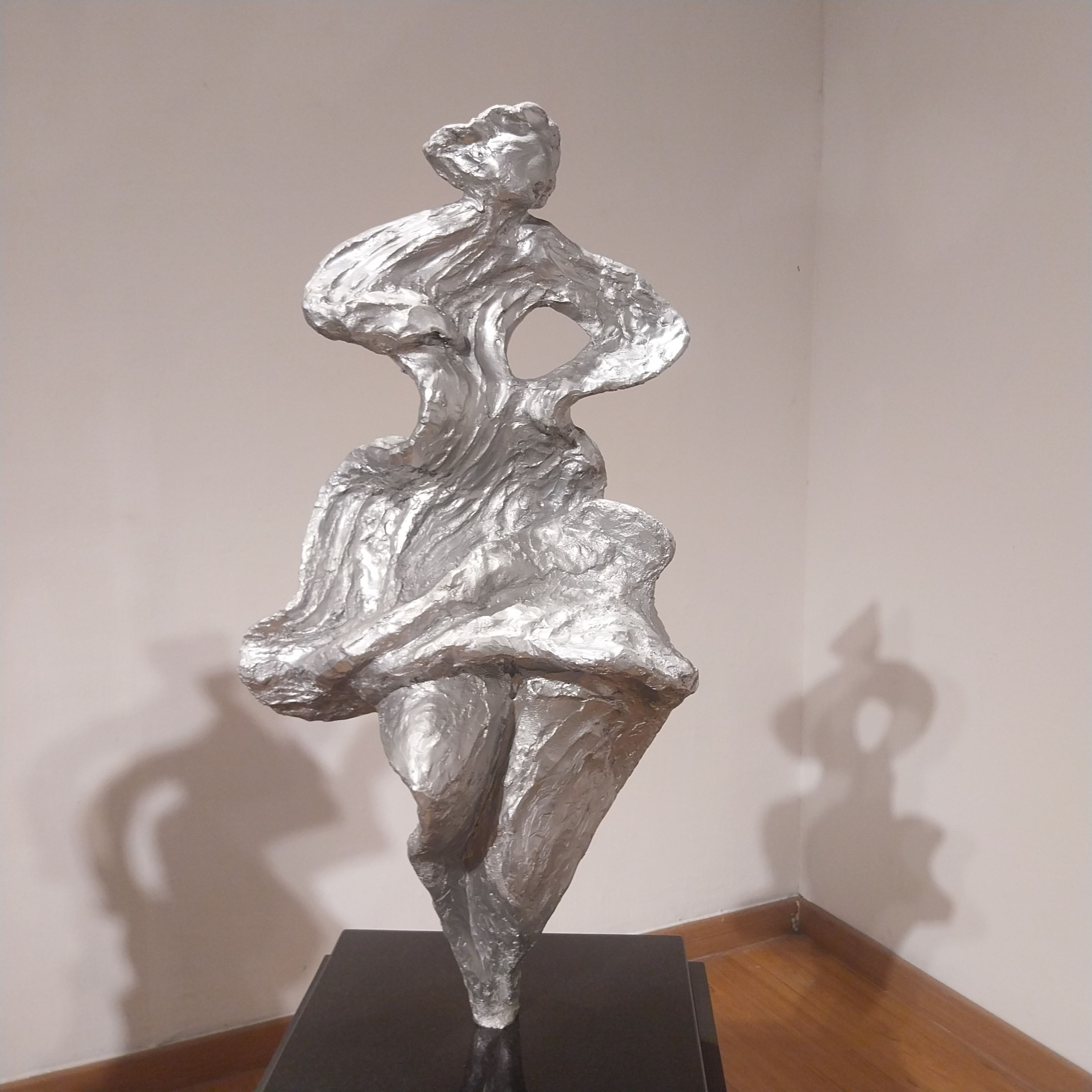
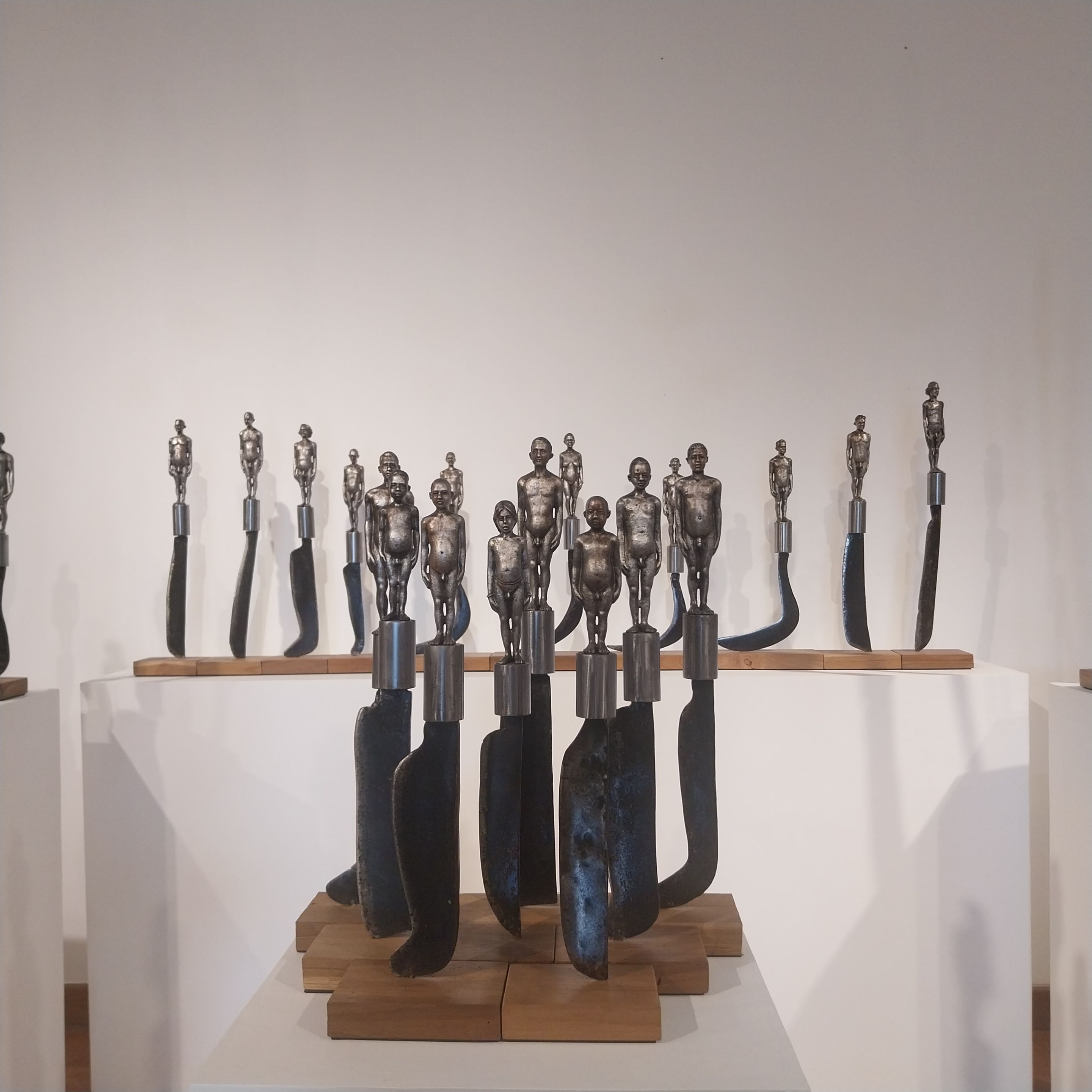
What I liked about this exhibition was how both artists used their art to make people think. Their sculptures weren't just pretty things to look at; they were created to start conversations about things that matter, like human rights and social justice. As I walked through the gallery, I noticed other visitors discussing the works, and it was nice to see art having that effect on people.
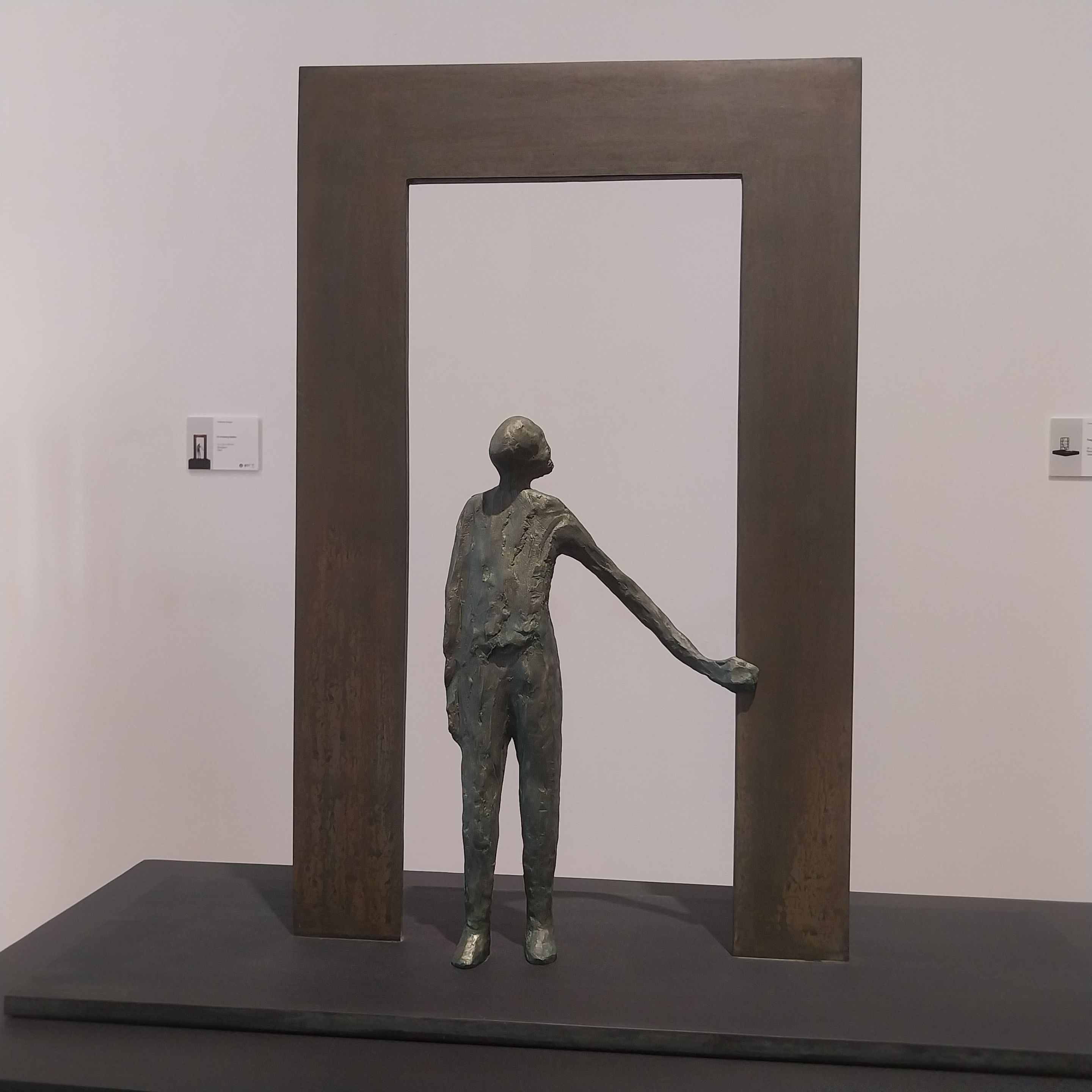
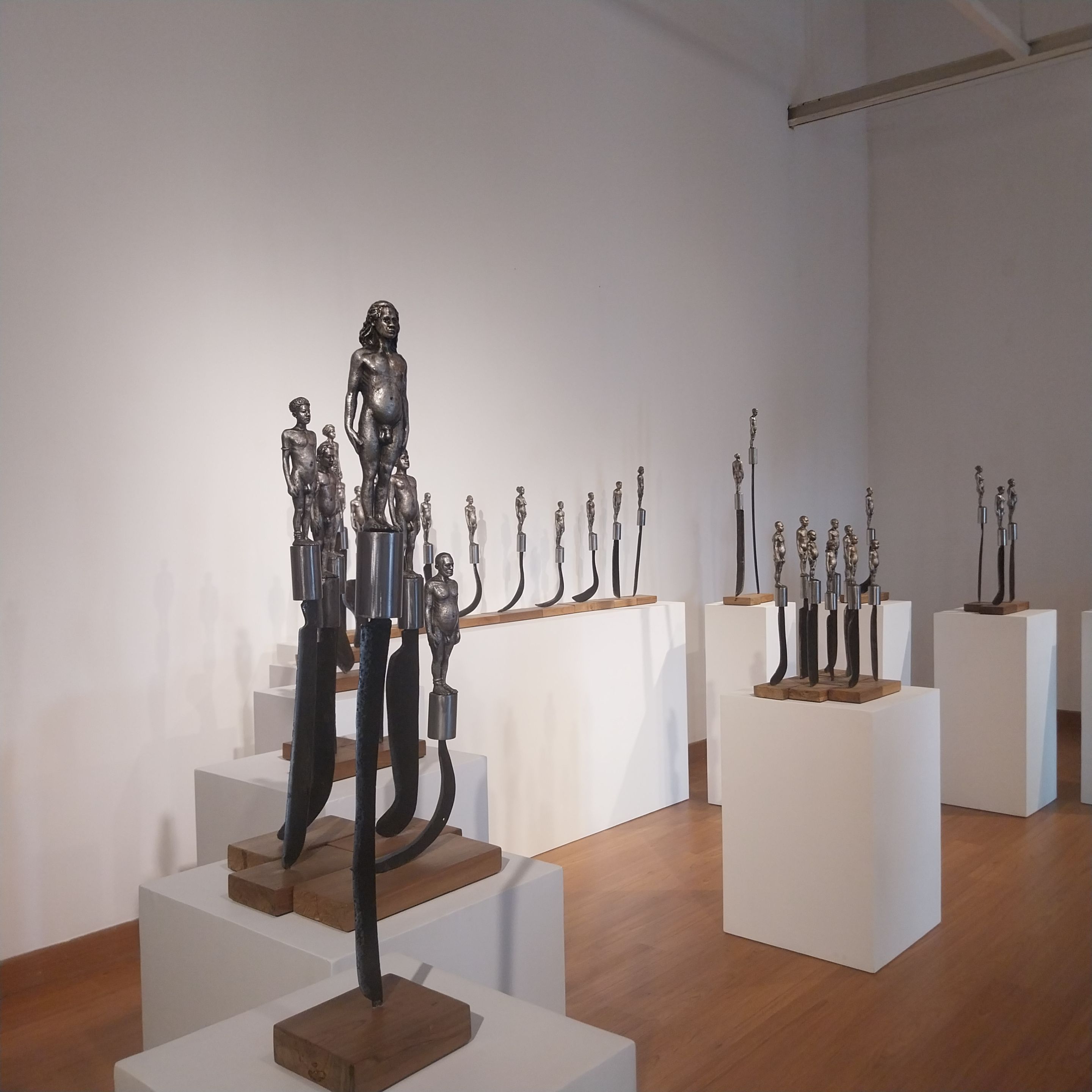
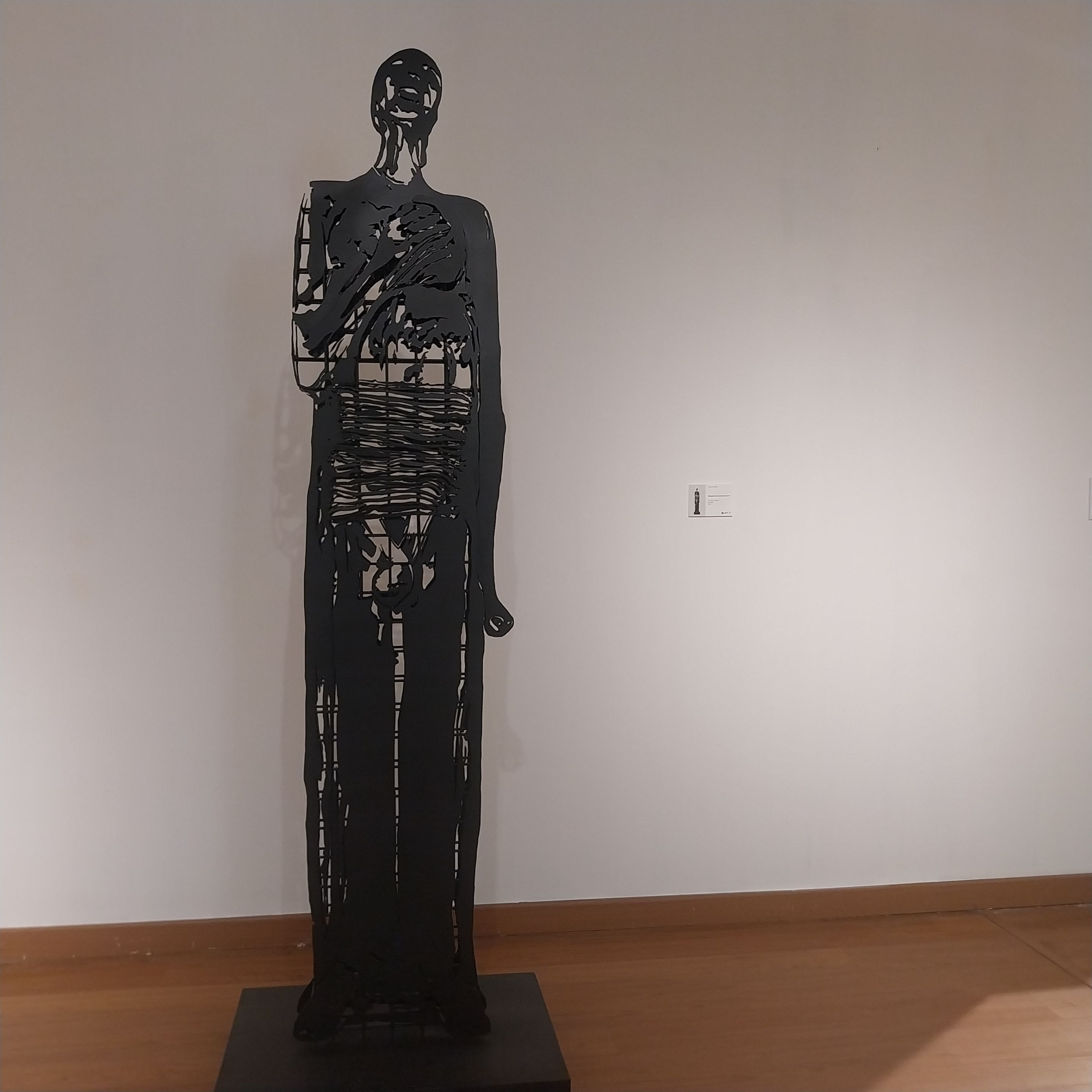
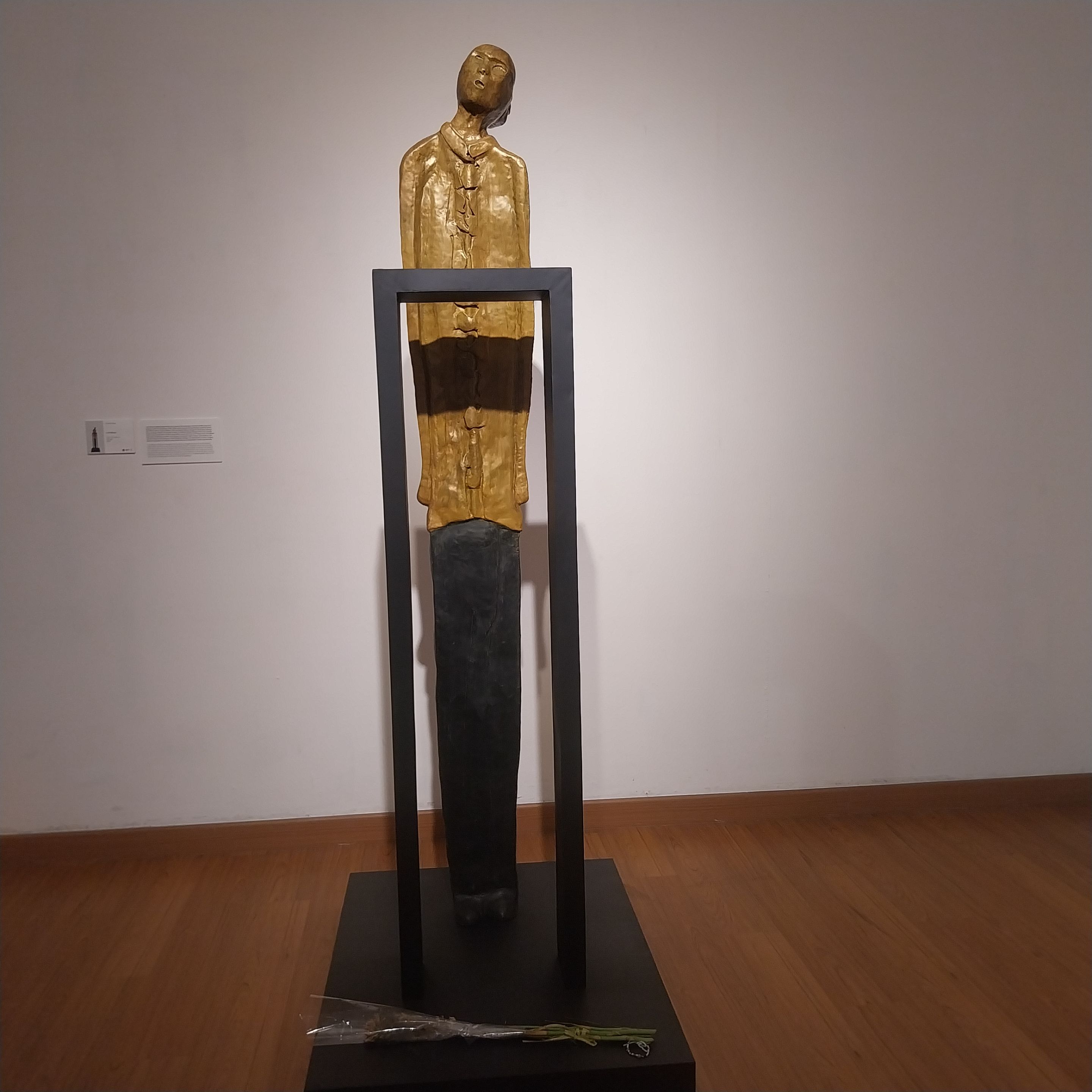
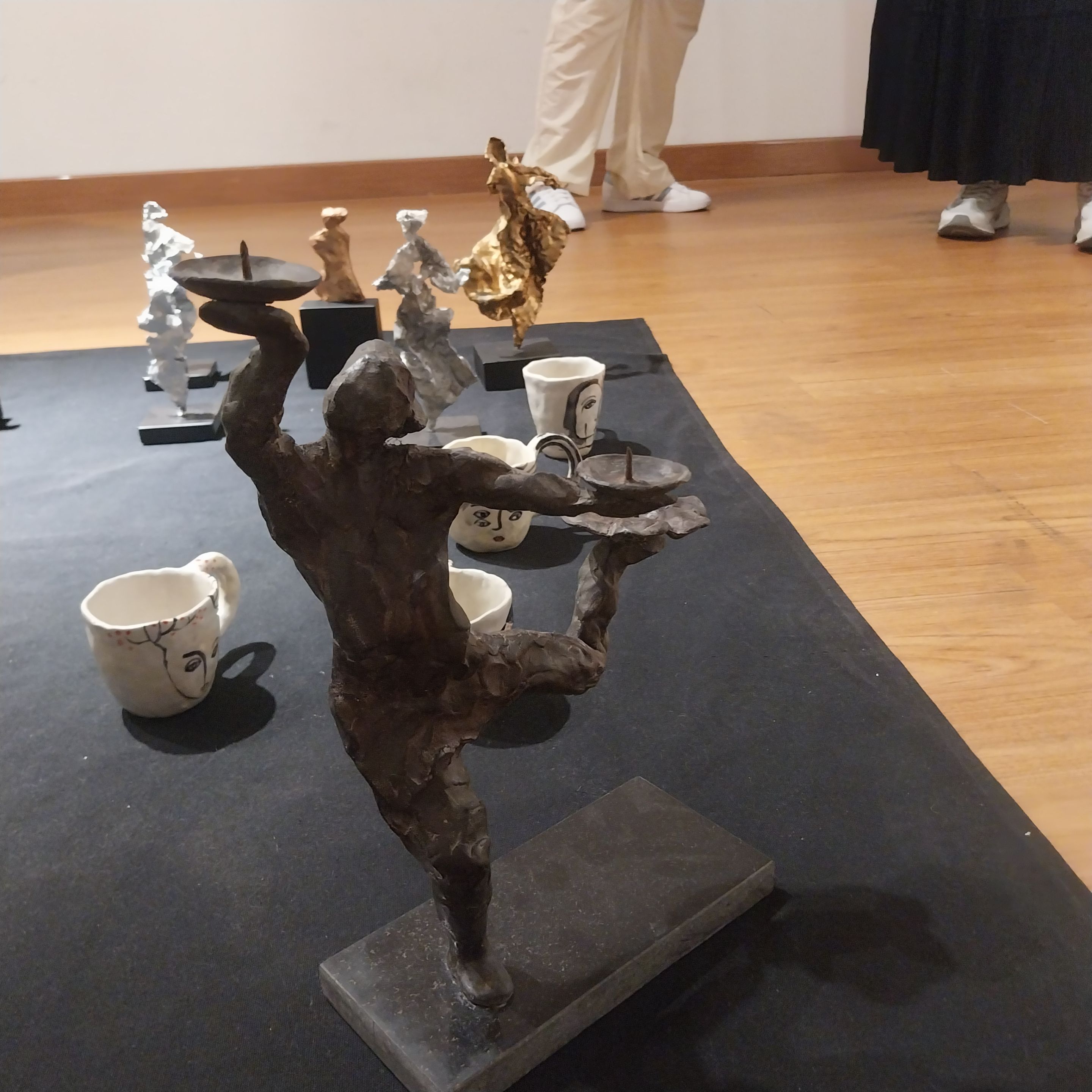
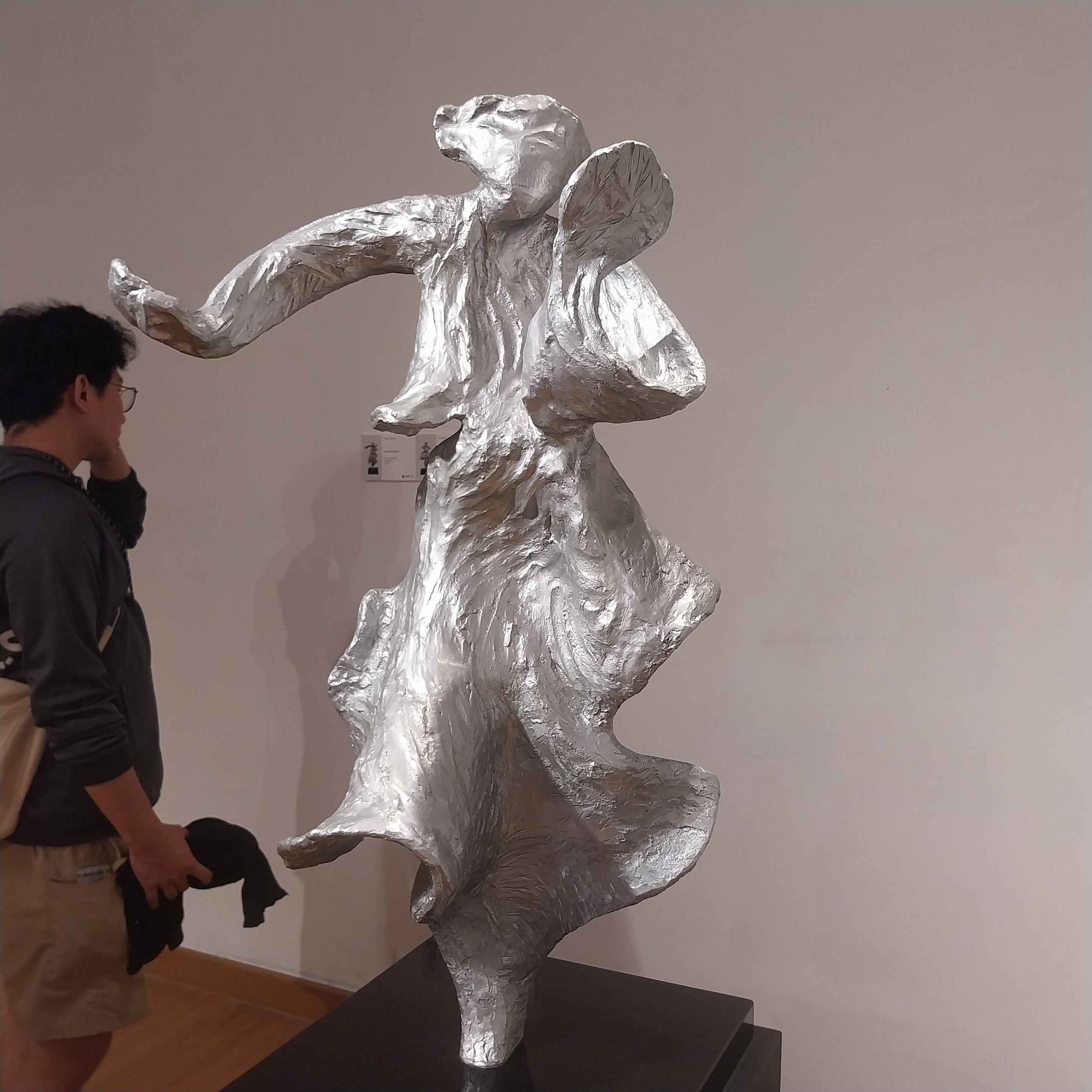
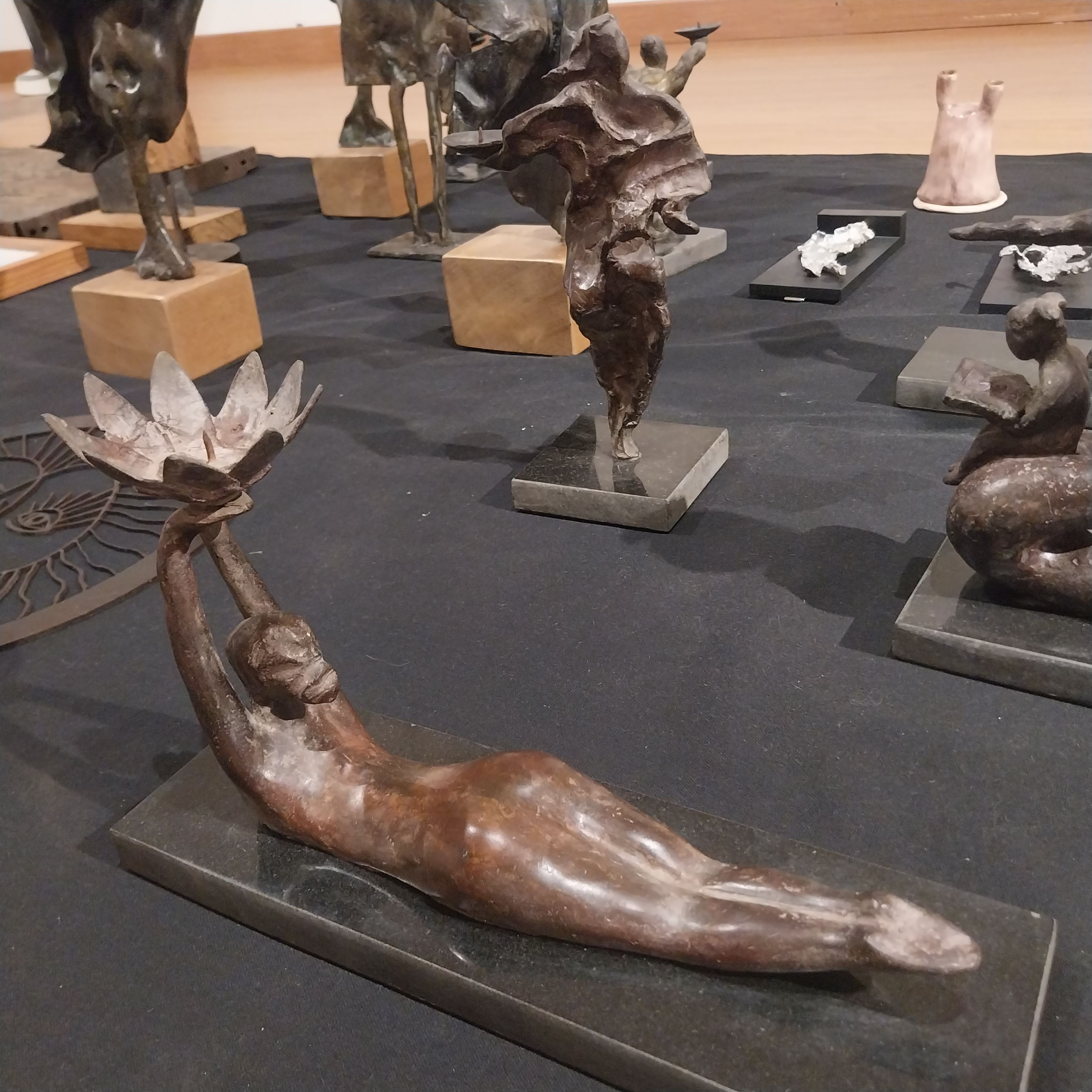
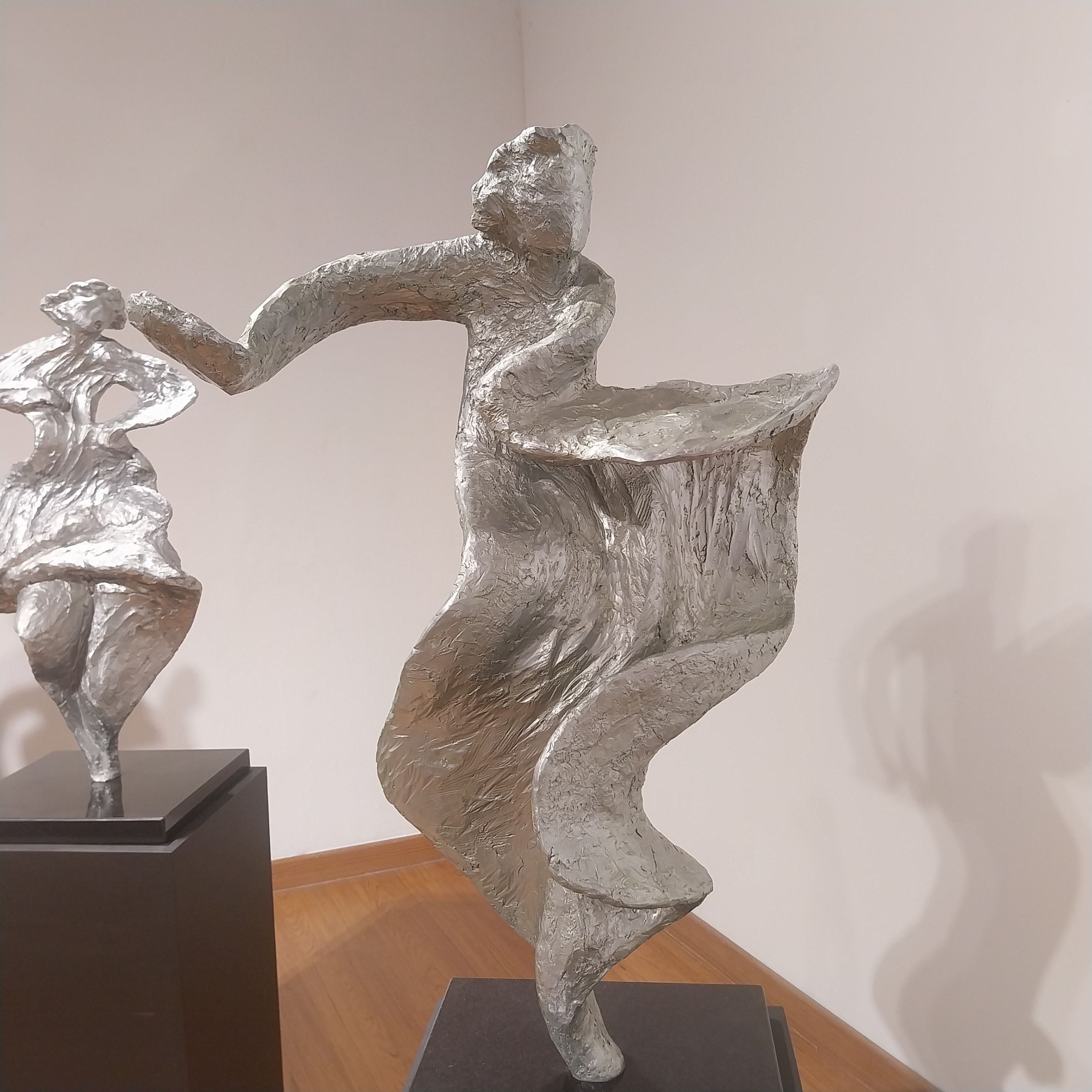
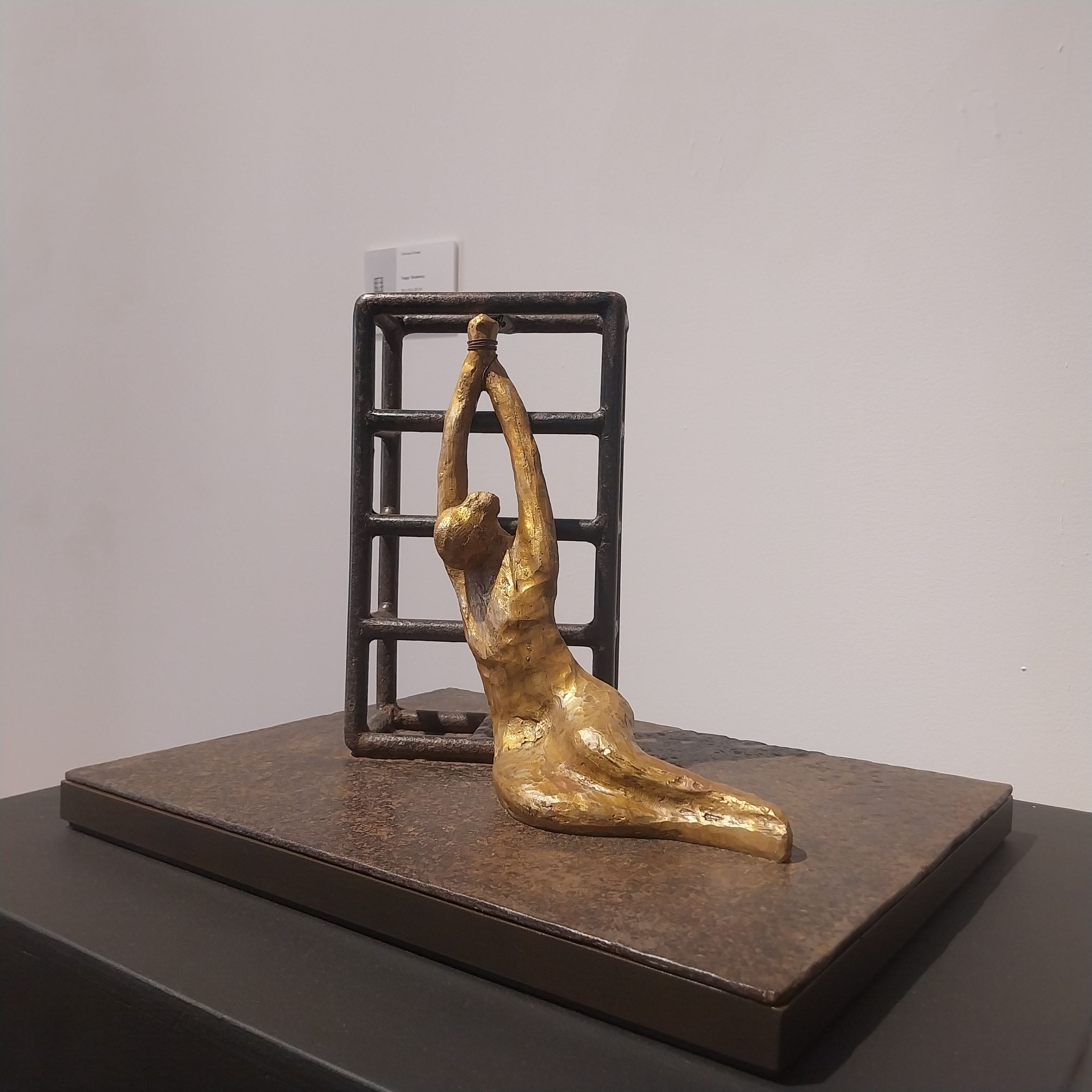
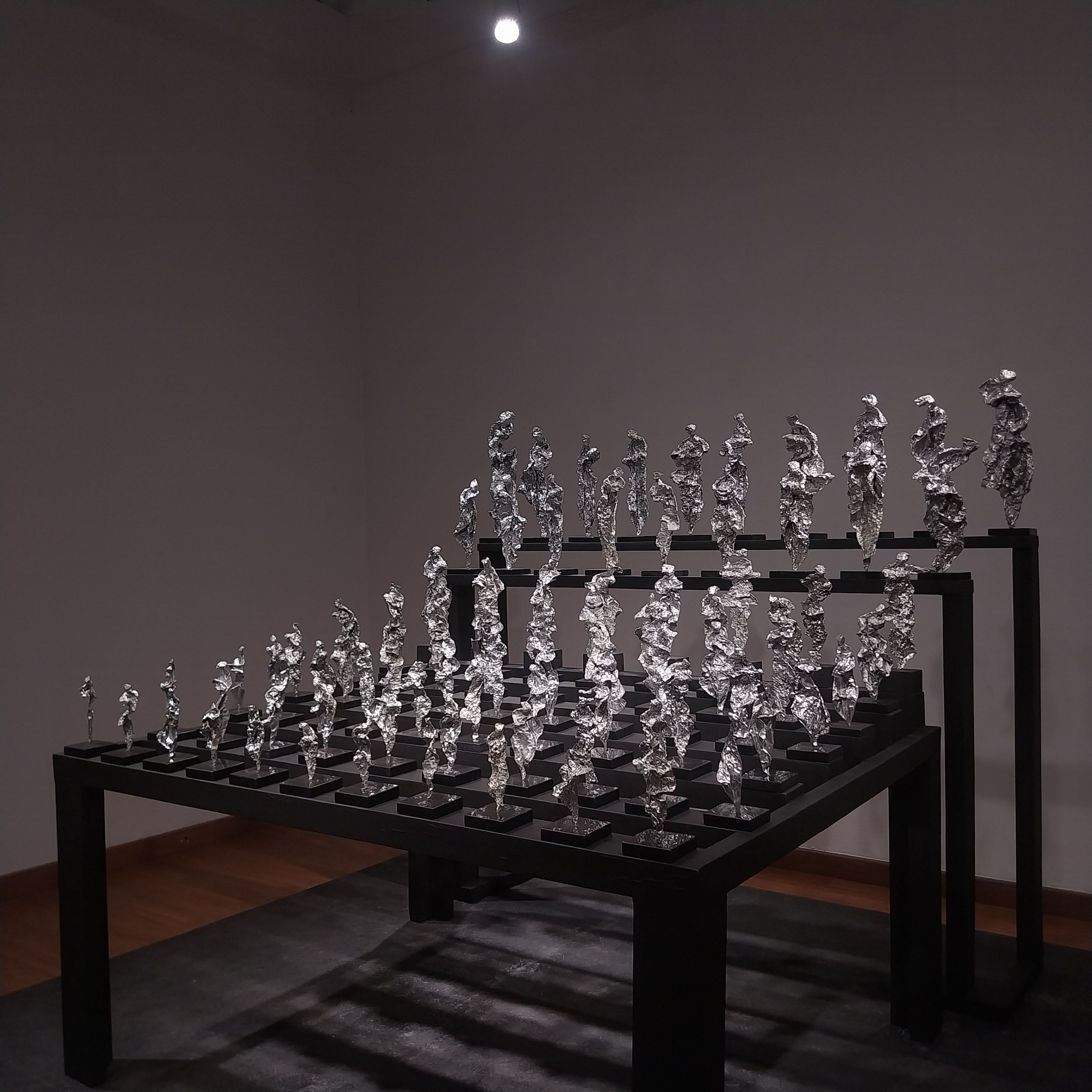
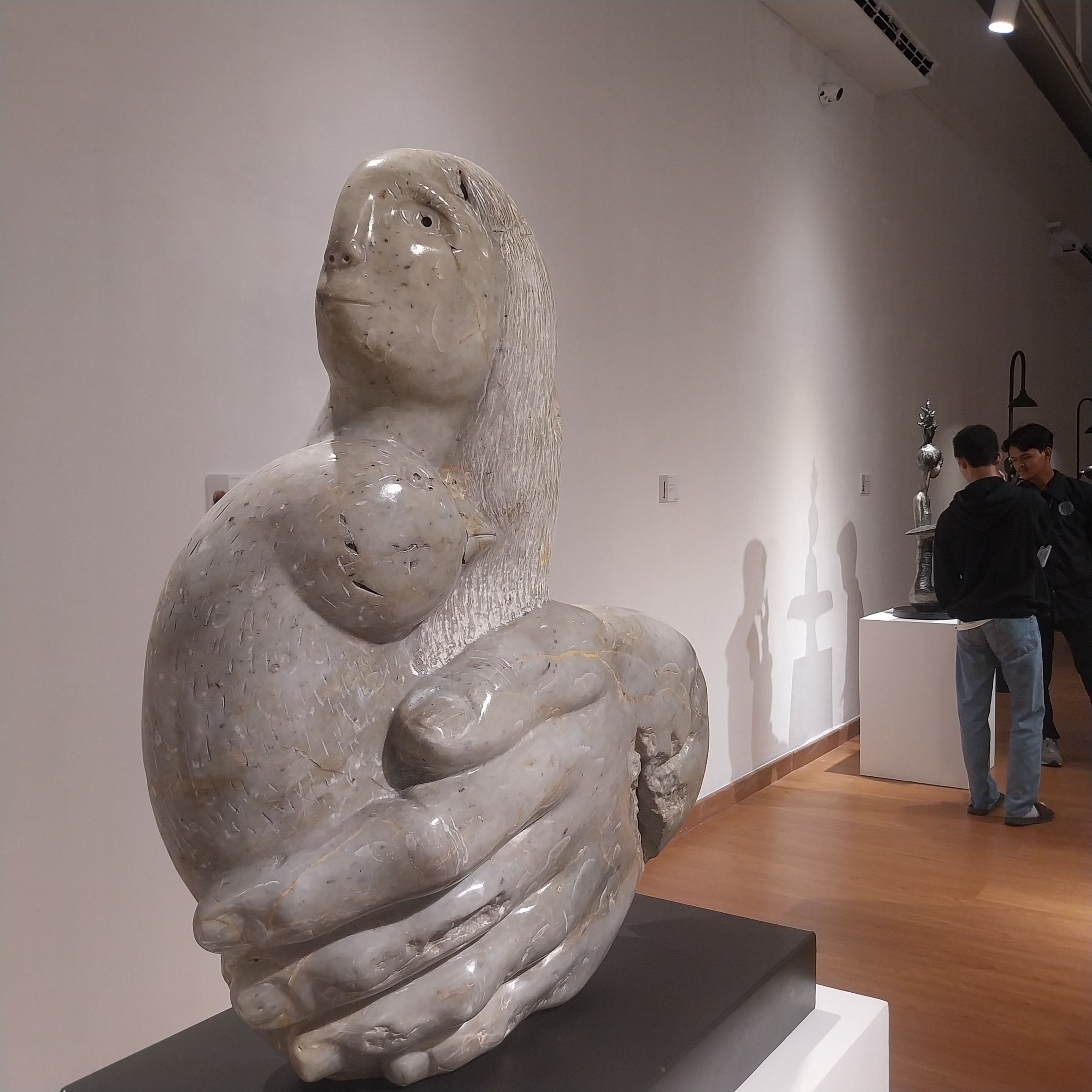
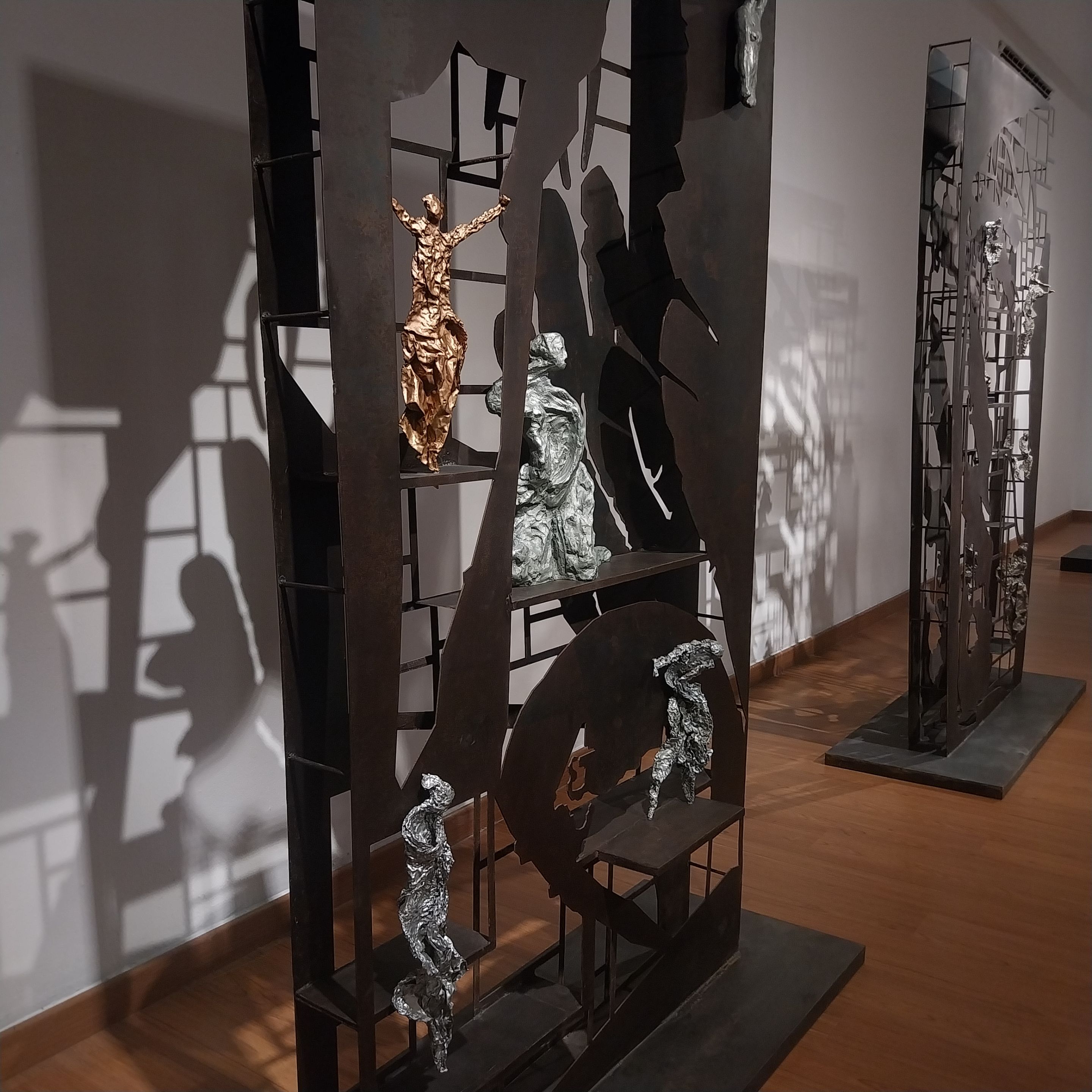
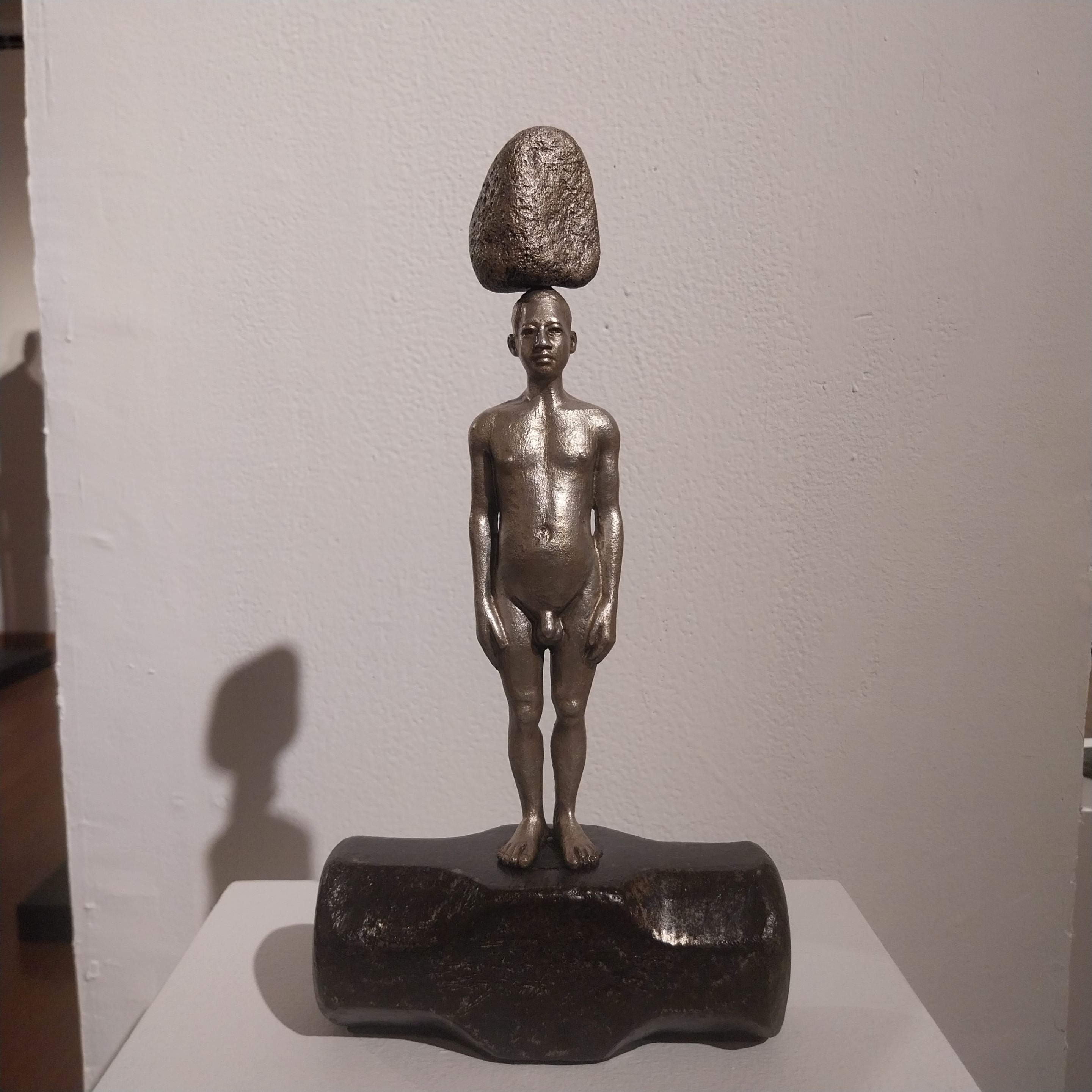
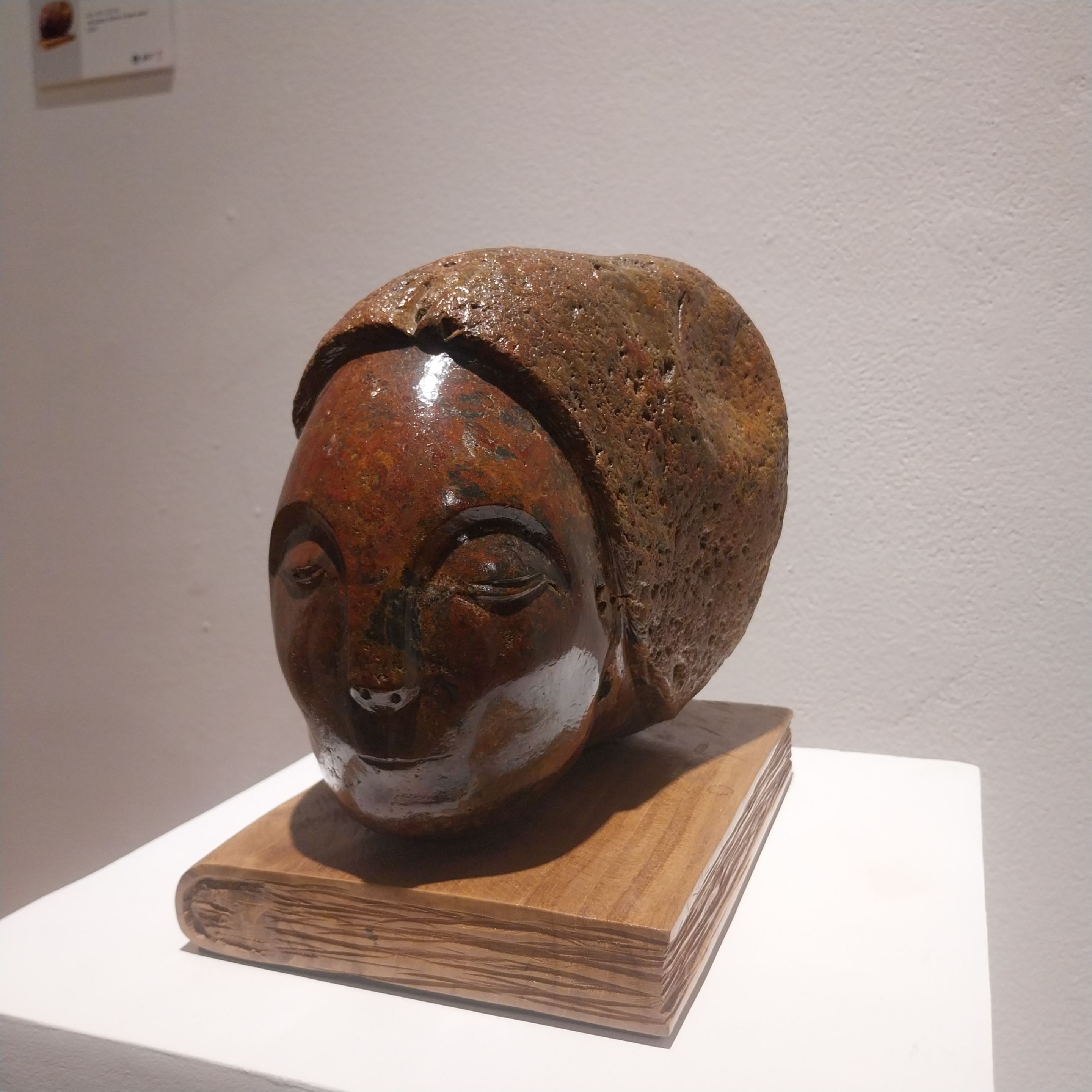
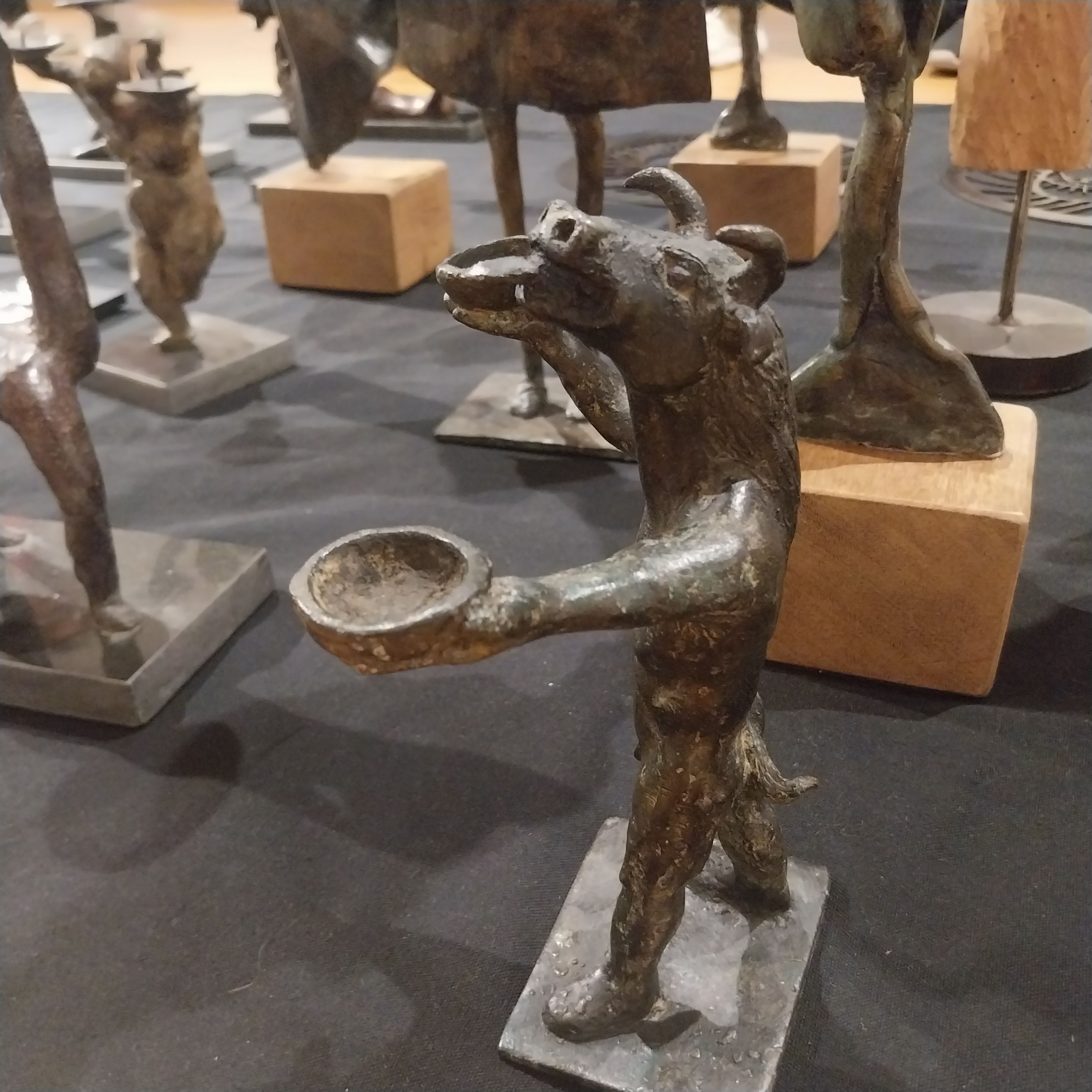
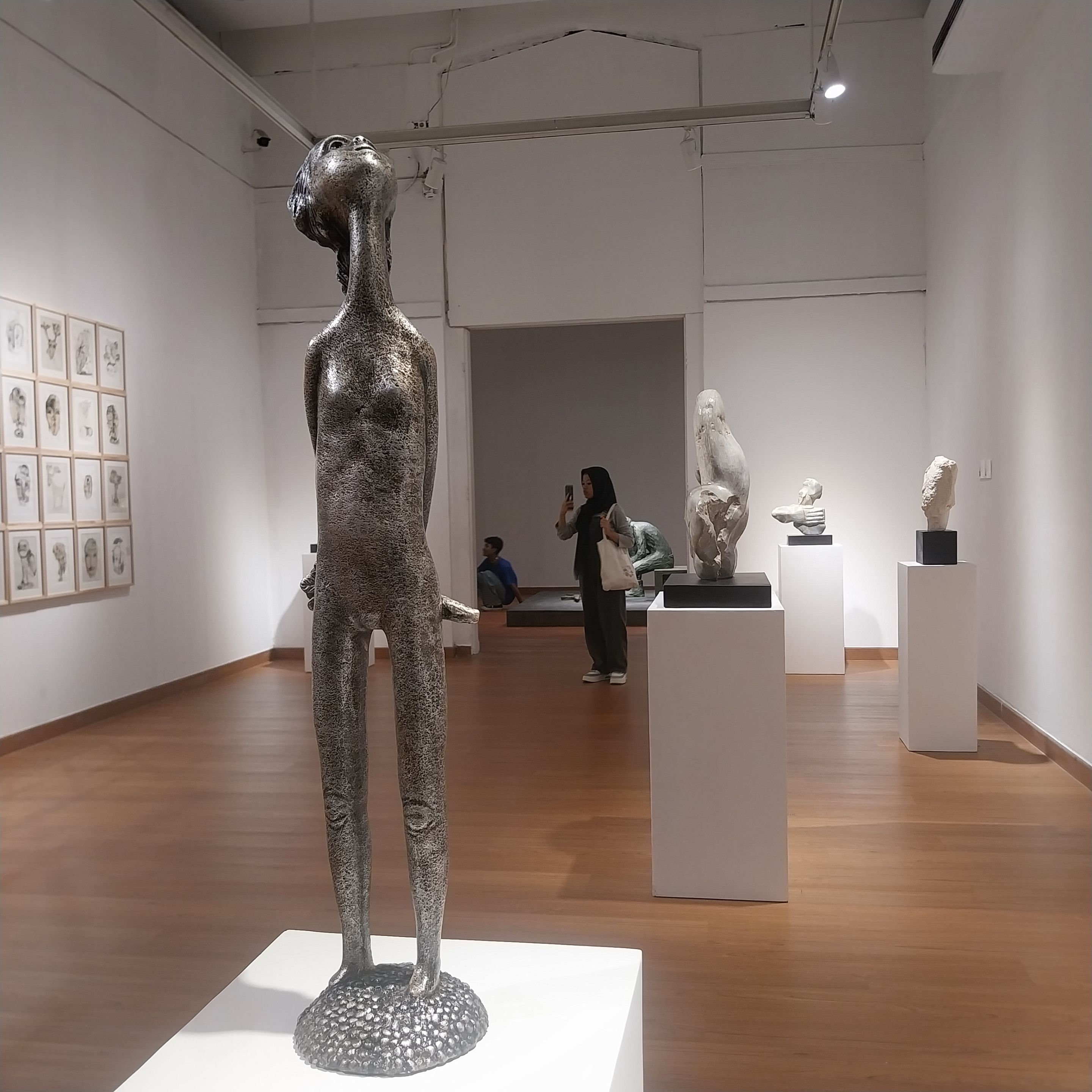
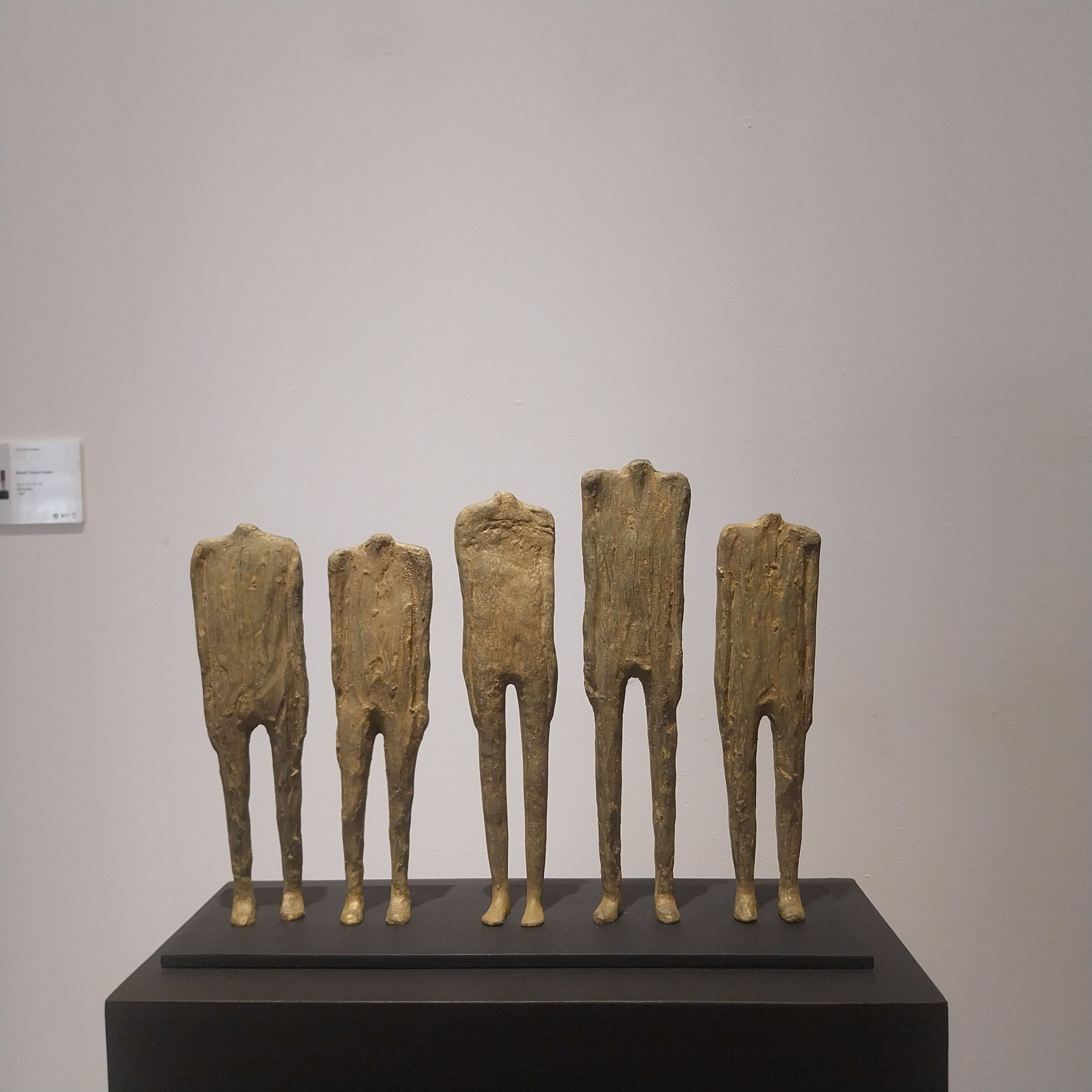
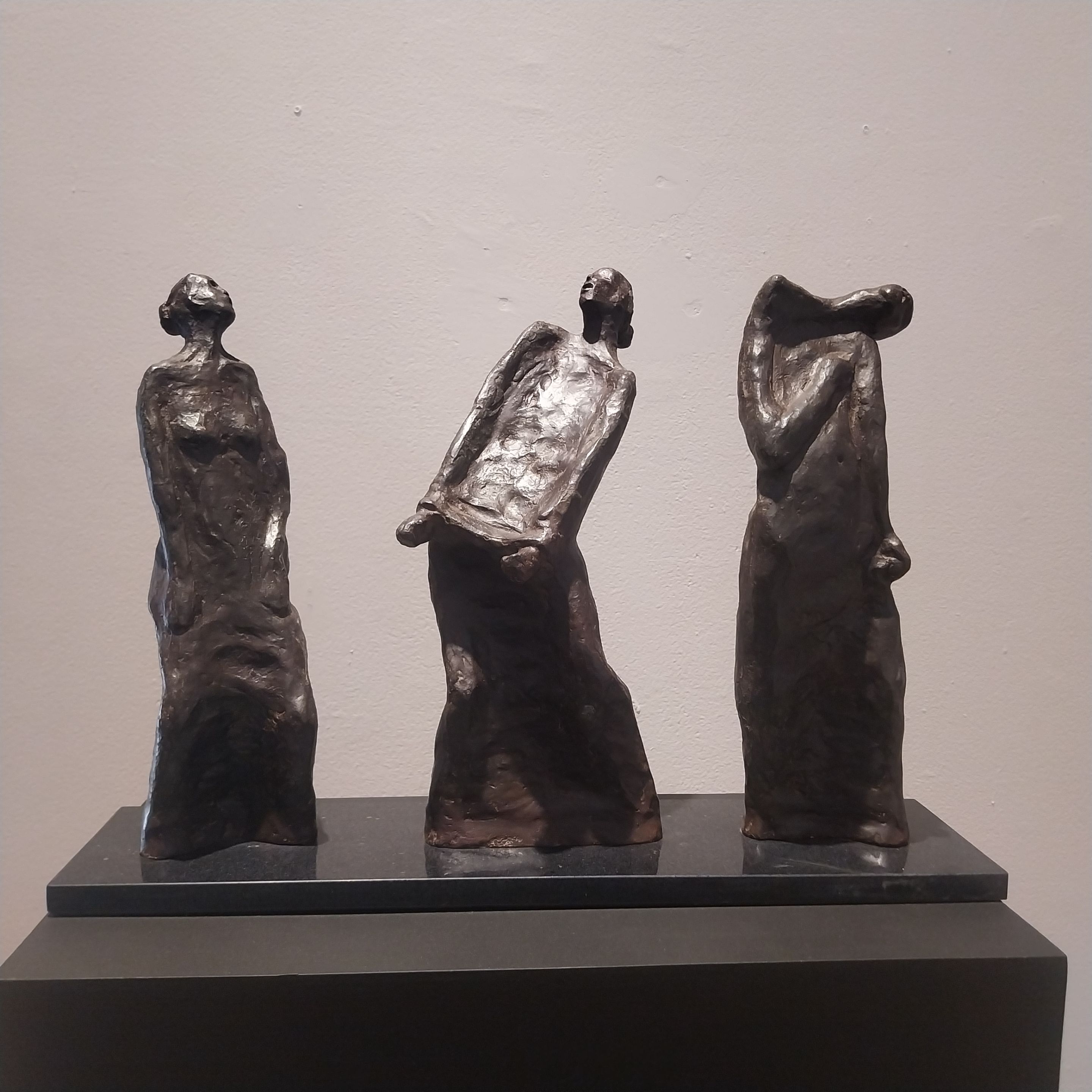
By the time I left, I had a new appreciation for sculptures and how they can be a form of activism. This exhibition made me realize that art can be more than just something you hang on your wall—it can be a powerful tool to make change.